With a new LP,partly conceived at Jaeger and an upcoming show for Musikkfest, it was about time we talk to synth wizard True Cuckoo.
It’s early in Jaeger’s basement and it sounds like I’m trapped in an augmented reality version of Tron. Laser-like sounds cut through the air in syncopated “pews” and “glitches” while a drum machine stutters through its arrangement. Broken beats unfold like whirling dervishes, while rhythm patterns take on unexpected shapes. This is the sound of synth wizard True Cuckoo.
It’s March 2023 and I’m hearing the conception of a new LP; I just don’t know it yet. It’s coming into focus around the bleeps and squeaks dissipating around me, but it’s still in its nascent form, a mere seed of what it would become. Beyond the rumbling drum machines shaking the infrastructure of the Funktion One sound system, there is something familiar about this sound, but I can’t quite put my finger on it…
It’s 2025 and I’m listening to Non-Binary Code by True Cuckoo. I’m on the track “Bitcore,” and it’s stirring some core memory. It’s more than just the memory of the artist playing the song a couple of years before. No, it’s more wistful and nostalgic than that. There’s a bouncing melodic theme that resolves into a long sweep and I’m transported back to my youth.
It’s the early nineties and I’m sitting on the floor, with a game console at my feet, and this is the sound of True Cuckoo’s new LP. Andreas Paleologos (True Cuckoo) also “grew up in the era of (Super Nintendo) and Sega Megadrive.” Whereas it’s a faint memory for most of a generation, I’m not surprised that it “inspired” Andreas and even “to this day,” still inspires.
Andreas has a sonorous accent; it’s a blend between his Swedish sing-songy inflections and delicate English pronunciations. He’s just moved out of Oslo city centre, and when I phone him up he’s enjoying a slice of suburban sunshine on an early spring day. His voice lilts like a low frequency oscillator in one of his songs, mimicking a looping crescendo as a game waits for the player to hit start.
“It’s that melodic landscape that I reach into when I create music,” he continues as we get stuck into his latest LP, Non Binary Code. Before the album, Andreas had this sonic image of “a soundtrack to a fictional game that doesn’t exist.”
Originally commissioned as a live performance at the Fredrikstad animation festival – as accompaniment to his animation – the show, and eventually the album, found its shape as it was later re-created at Jaeger. At the behest of Kaman Leung, True Cuckoo’s performance at Jaeger in 2023 was the push the show needed to go from vague idea to full-fledged concept.
Faced with the sound system in the basement he thought; “If I’m playing here on this system I need to know what works for this system, because it’s kind of amazing.” He “tried the embryo of this LP,” and was immediately struck by the sound. “This sounds incredible down here,” he exclaimed. The idea for an album then took shape with Andreas realising: “This is what I have to finish.”
The result is Non Binary Code. Initially released in 2024 for digital platforms, it has recently been re-issued for the vinyl format. The vinyl version includes an immersive comic book gatefold; a two-month endeavour created by the artist as an extension of that conceptual theme behind the record.
Non Binary Code never lost sight of the immersive video game feel, even with certain tracks taking on a more “club-oriented” feel. At its most energetic through “Blitterate” – a brisstling drum and bass arrangement – it stops and breathes at phrases, like a character crossing over the threshold of a new level, or waiting for the boss to arrive in the next frame.
At its most serene, tracks like “Tsuki Ga” or “Mem Leak” touch on esoteric melodic arrangements evoking sonic themes from the likes of Castlevania. It’s something exotic and lovely to break the harshness of the limitations of those early gaming console’s sounds, where Andreas’ own musical interests first took shape.
As a teen, he and a group of friends were early in exploring the new technology of consoles, “aiming to create games for the Commodore Amiga.” He claims he was never really a programmer and that his involvement in these games was more universal, “doing a little bit of everything,” including making the music.
He had always, however, held an interest in music, tinkering with the electric organ at home or playing his Grandma’s piano in rural Sweden. At school he had music classes, and while he would always be playing and writing music, including his early attempts on the Amiga’s tracker software, it never developed much beyond a hobby.
Instead, he took to the animation aspects of these games, eventually working in the video game industry as an animator and “making video games professionally.” Music remained an interest, however, and while he could indulge those interests in the odd compositional contribution to some of the games he worked on, Andreas has always felt it was something he did just “for fun.”
By the mid-2000s, that all changed when he met a young Jenny Hval. “She was called Rockettothesky,” at that point and together with her producer, they put together a “little band,” “travelling Norway, and playing all the festivals,” off the back of her debut LP. Andreas “got so hyped by that,” and decided “this is really what I want to do.” Cuckoo was born, and then later matured to True Cuckoo – “because there turned out to be several bands on Spotify called Cuckoo.” He released his first LP in 2009, but “nothing happened and I got no traction.”
Where most would resign their efforts to the waste bin and go back to their day job, Andreas had something else in mind. He had been an early adopter of YouTube, uploading his animations to the site in the hope that those would “gain some popularity.” As his urge to make and share music grew stronger, however, he thought: “Why don’t I just do this?” and True Cuckoo took to the web.
Today, it’s a channel for people interested in the tools for creating electronic music, but with its esoteric feel dictated by Andreas’ own interests, it’s for those that want to delve deeper. It goes beyond the standard review and the obvious, to instead focus on “a musical goal when explaining how things work.”
Today, the channel has over 200,000 subscribers, but he’s not just another man with beard twiddling knobs on a screen. His slow, patient voice seems to explain with ease even the most exhausting menu dives.
Andreas had always had a knack for these technologically demanding instruments. After learning how to make music on the Amiga’s tracker, he bought his first synthesiser as a teenager. He had clearly found some instinctive knack for the machine, based on his early Amiga experiences and organ tinkering, but watching him perform today either live or on YouTube, it’s clear that Andreas’ knowledge extends to some of the more intimate features of some of the world’s most exotic and peculiar machines.
Today, his YouTube channel is dominated by quirky synthesisers and tools that flip traditional musical creation on its head. Tools like the logic-defying OP-1 or the challenging, manual-craving Elektron Octatrack, and it appears that it’s always these unusual, often scary machines that attract him.
By way of explanation he tells me about a recent visit to the German electronic music instrument messe , Superbooth, where he gravitated towards the Korg Berlin acoustic synthesizer Phase 8. “It’s a supercharged kalimba,” he explains with some delight, “a cool little thing that’s outside of a typical electronic instrument now.”
It’s these kinds of things that will usually show up on his channel and eventually his own music. “It’s always about what I’m finding interesting,” he insists. “I only show stuff that I’m interested in using myself.” He says he is inundated with requests from big manufacturers to feature instruments on his channel, but finds that he has to turn almost all of it down. “It sounds like I’m on my high horse, but for the whole time running my channel, I’ve never considered myself a reviewer.”
The channel has a tendency to “gravitate towards stuff that I find inspiring.” This is hardly an exaggeration, and in Non Binary Code, he turned exclusively to a machine he’s featured on the channel more than once, the Elektron Digitone. A frequency modulation synthesizer and groovebox, it has the ability to create those exotic organic tones that pluck at the central melodies of themes like “Mem Leak,” or make those erratic bit-crushing sounds of “Bitcore.” “I made everything on this one machine,” he says.
He was particularly drawn to the “algorithms that are extremely close to the Sega Megadrive,” as the video game concept manifested in his mind. Even though these thematic ideas are very strong on Non Binary Code, there is still something of a sound to True Cuckoo’s music. This album is very much a continuation in sonic aesthetic from his last two albums, I’m Not a DJ and Not Pop, and the glitchy, erratic expressions are central to his appeal.
As True Cuckoo, Andreas avoids any dogmatic or stylistic traits in what is a truly preternatural sound. There is no preset or obvious generic cue, and everything he does sounds experimental; not in some naïve and puerile sense of exploration, but in a knowledgeable and considered approach.
“I enjoy taking other adventures and arriving at new sounds,” says Andreas of his approach. He doesn’t always have to be making music either. He’s quite happy just exploring the limits of his equipment in search of new sounds. “I really like to create my own sounds from scratch,” and although he makes those sounds available to anybody through his sample packs, you won’t find many taking those machines in these directions.
It’s easy to get stuck into the finer details of synthesizers and music machines with Andreas. He engages with his topics like a teacher to young children, and can make sense of even the most obscure machines. Our conversation starts to sound like one of his YouTube videos as we turn to his current love affair with UDO Audio synths.
While he won’t be bringing that particular slab of synthesizer out to his next appearance at Jaeger’s for Musikkfest, he is threatening to bring “two devices.” He’ll expand on the album and “play some of the new stuff.” In a way it’s kind of a homecoming for Non Binary Code as an LP partly conceived at Jaeger, as it comes full circle, but it’s also an opportunity to take a new adventure into other sounds.
“That’ll bring closure for sure…” he says about performing Non Binary Code pieces at Jaeger, but you get the sense he’s already looking towards the next album. Who knows, maybe we’ll hear the first echoes of something new.





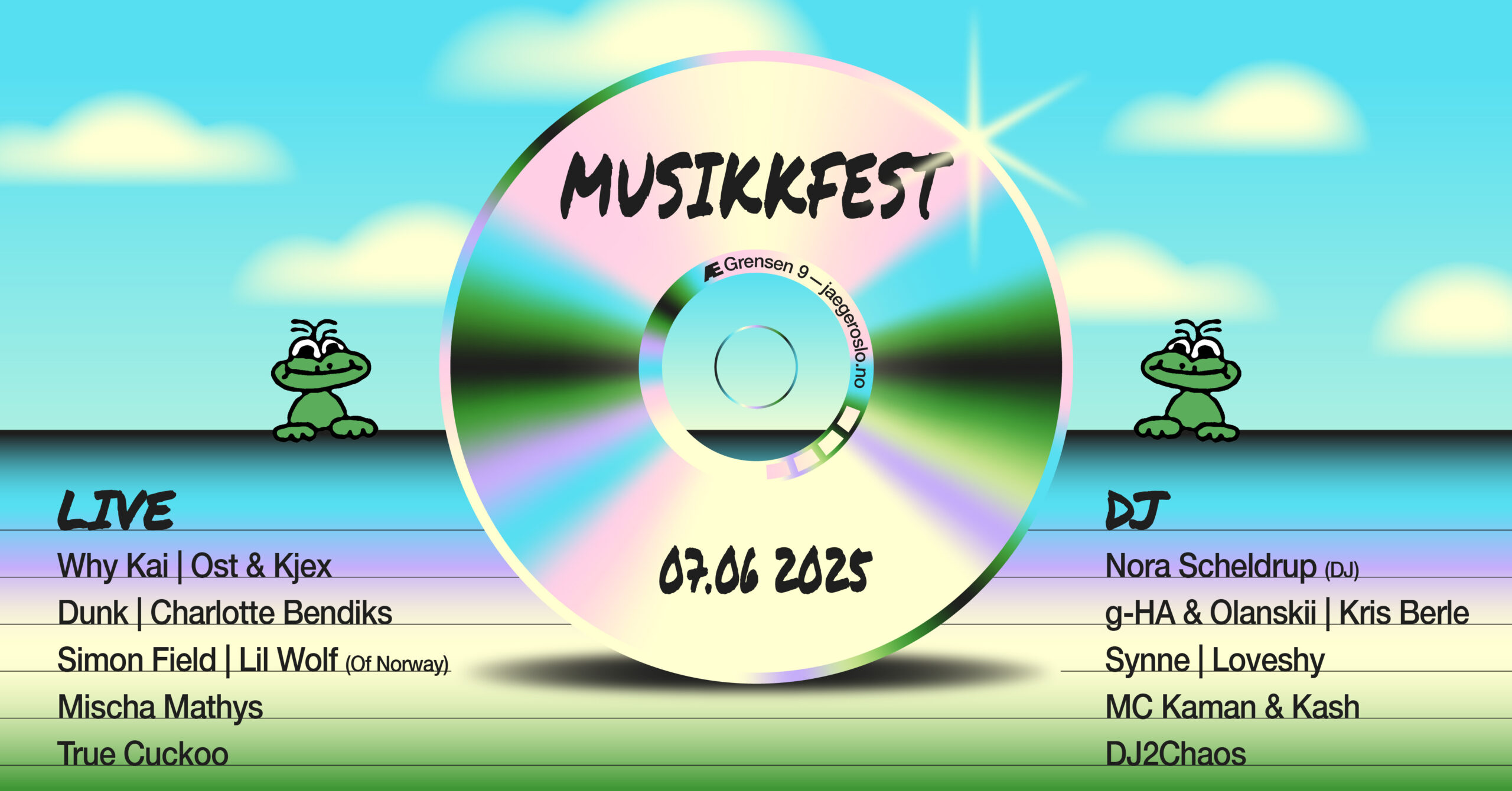





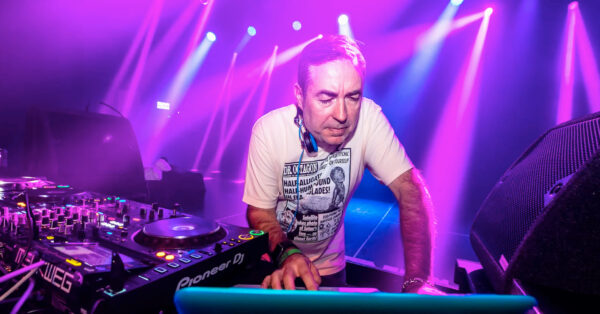









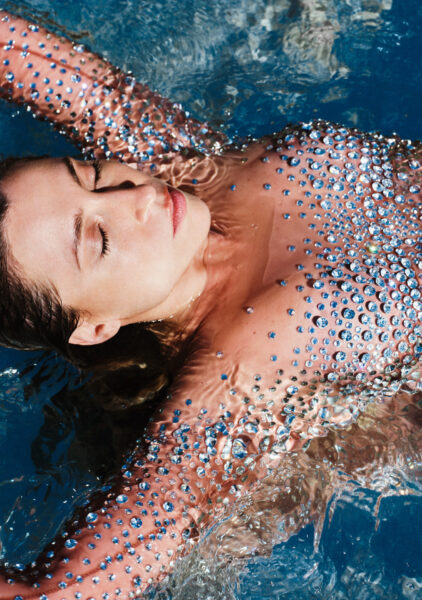











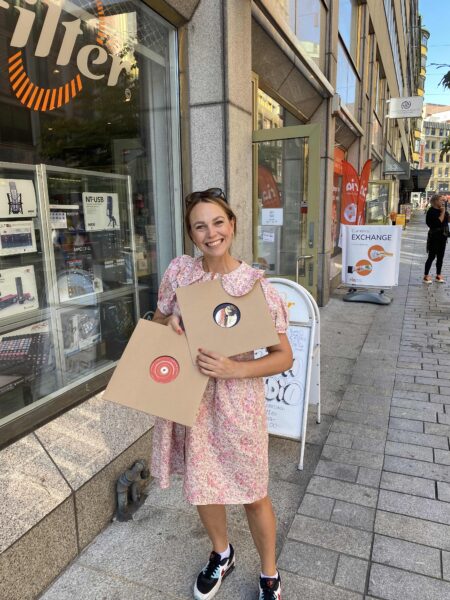



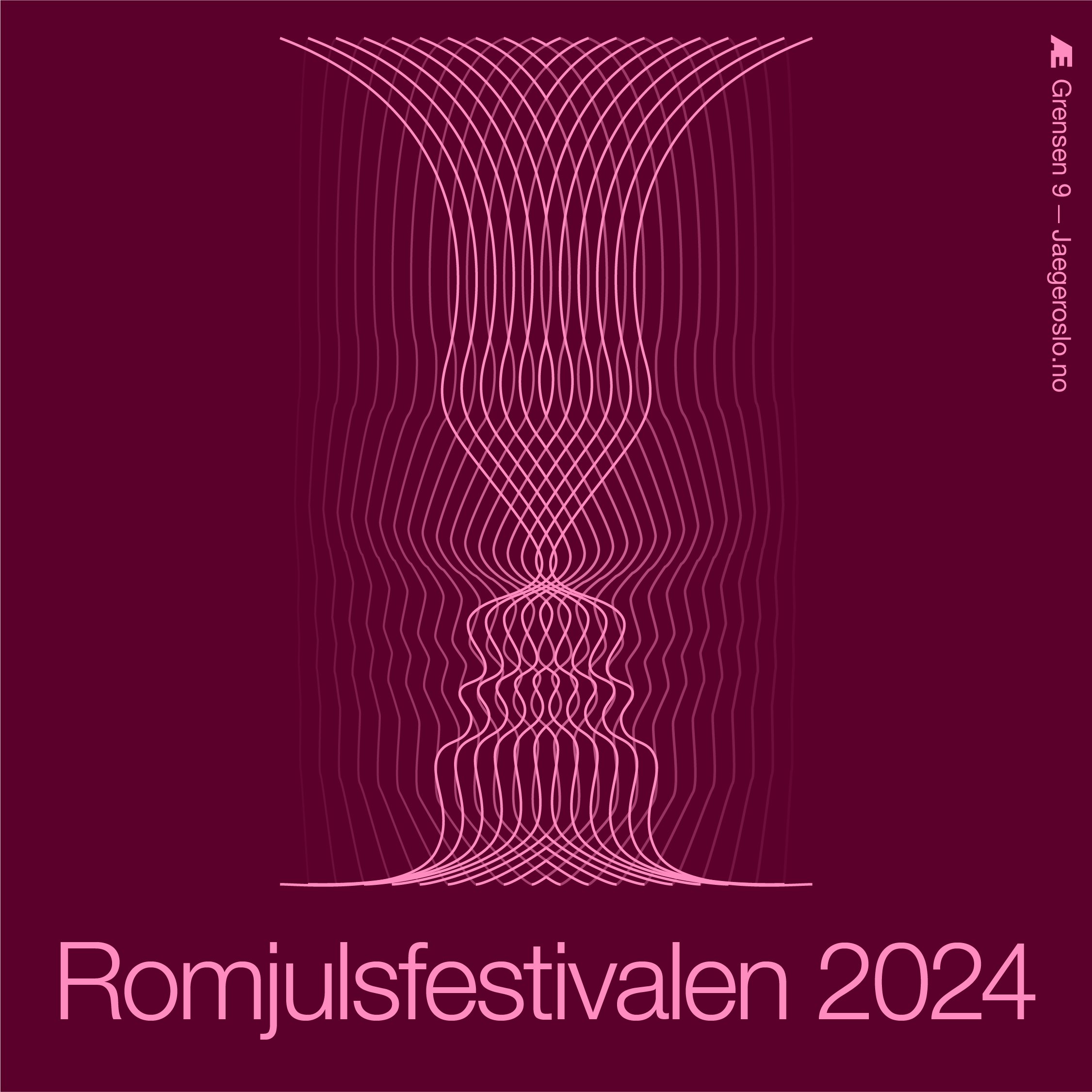










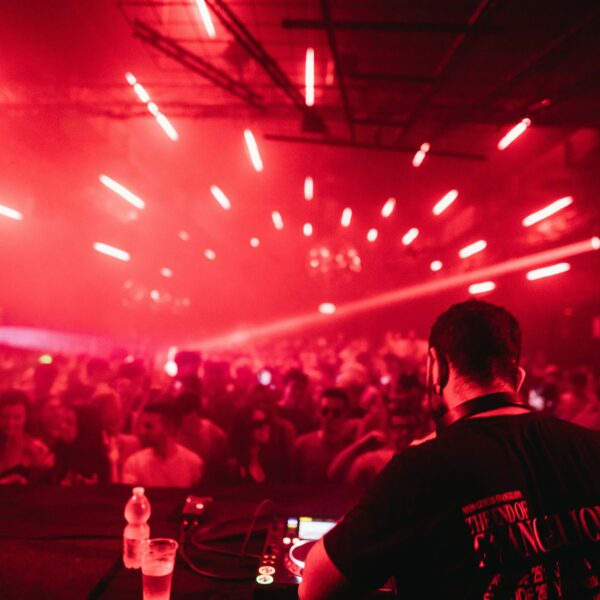





















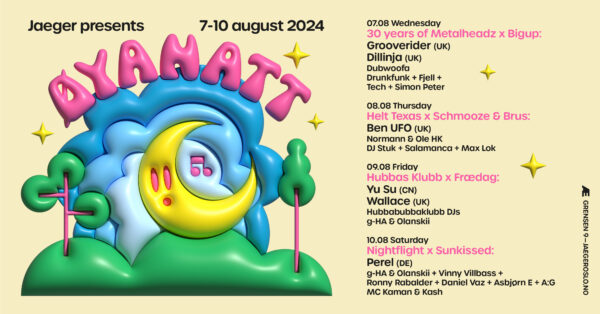
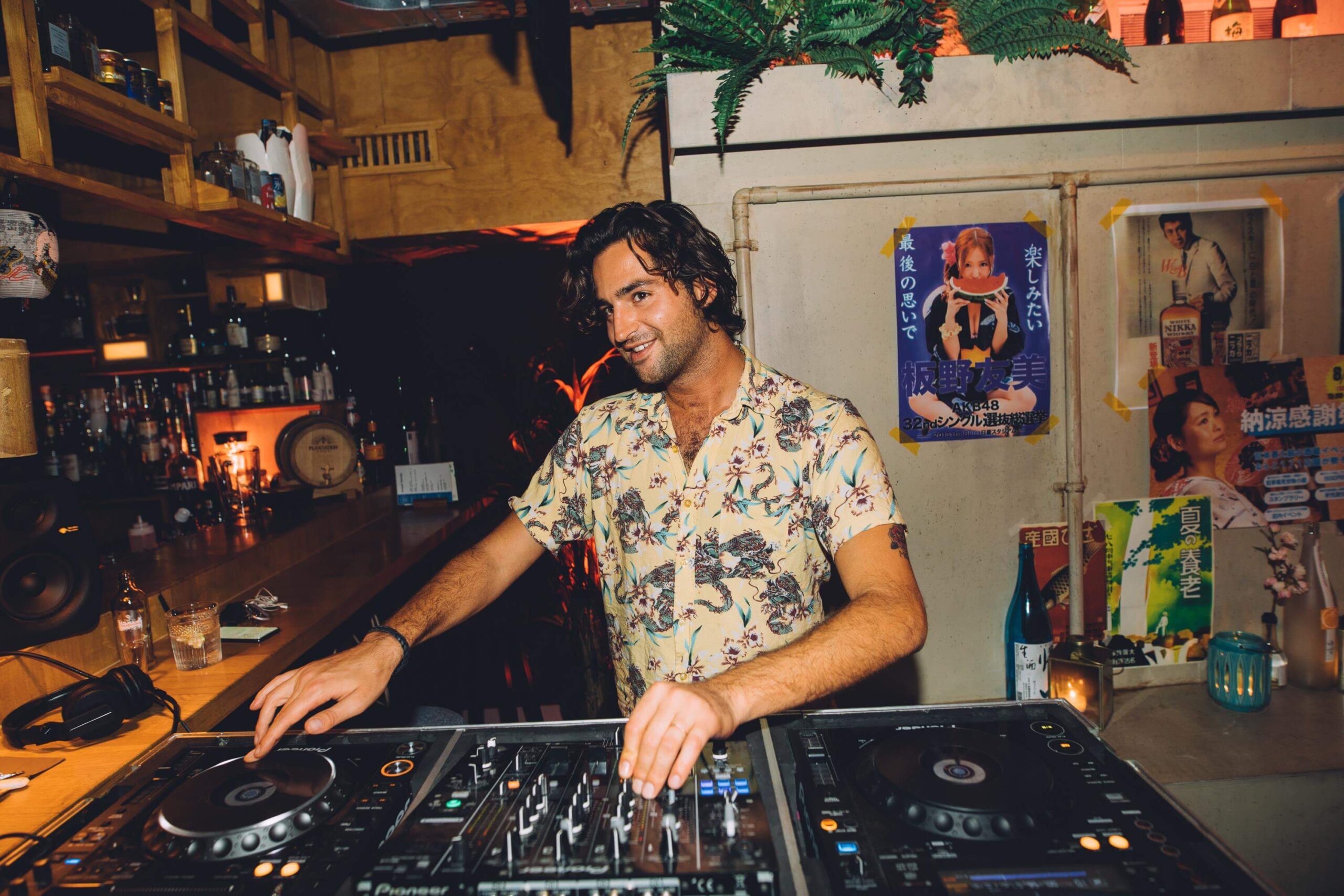
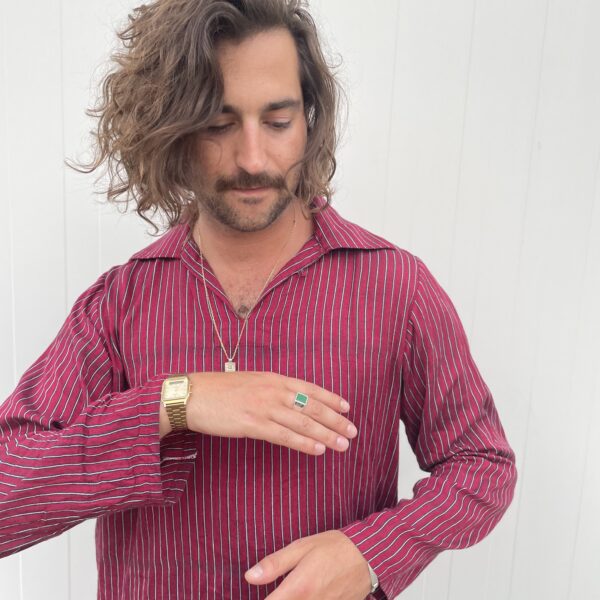
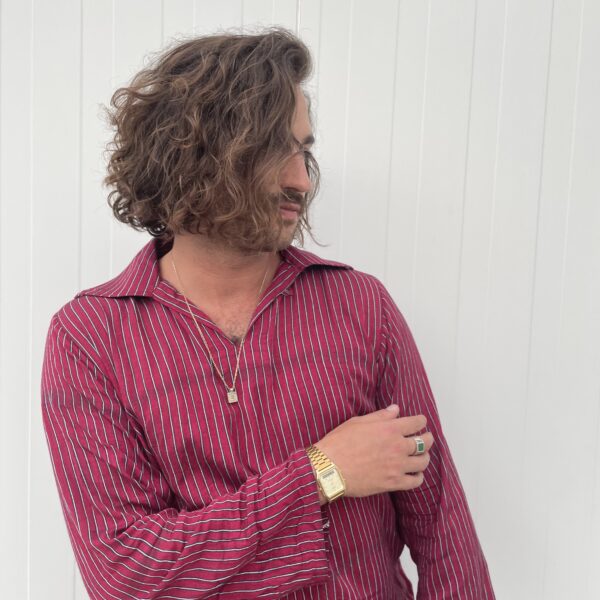









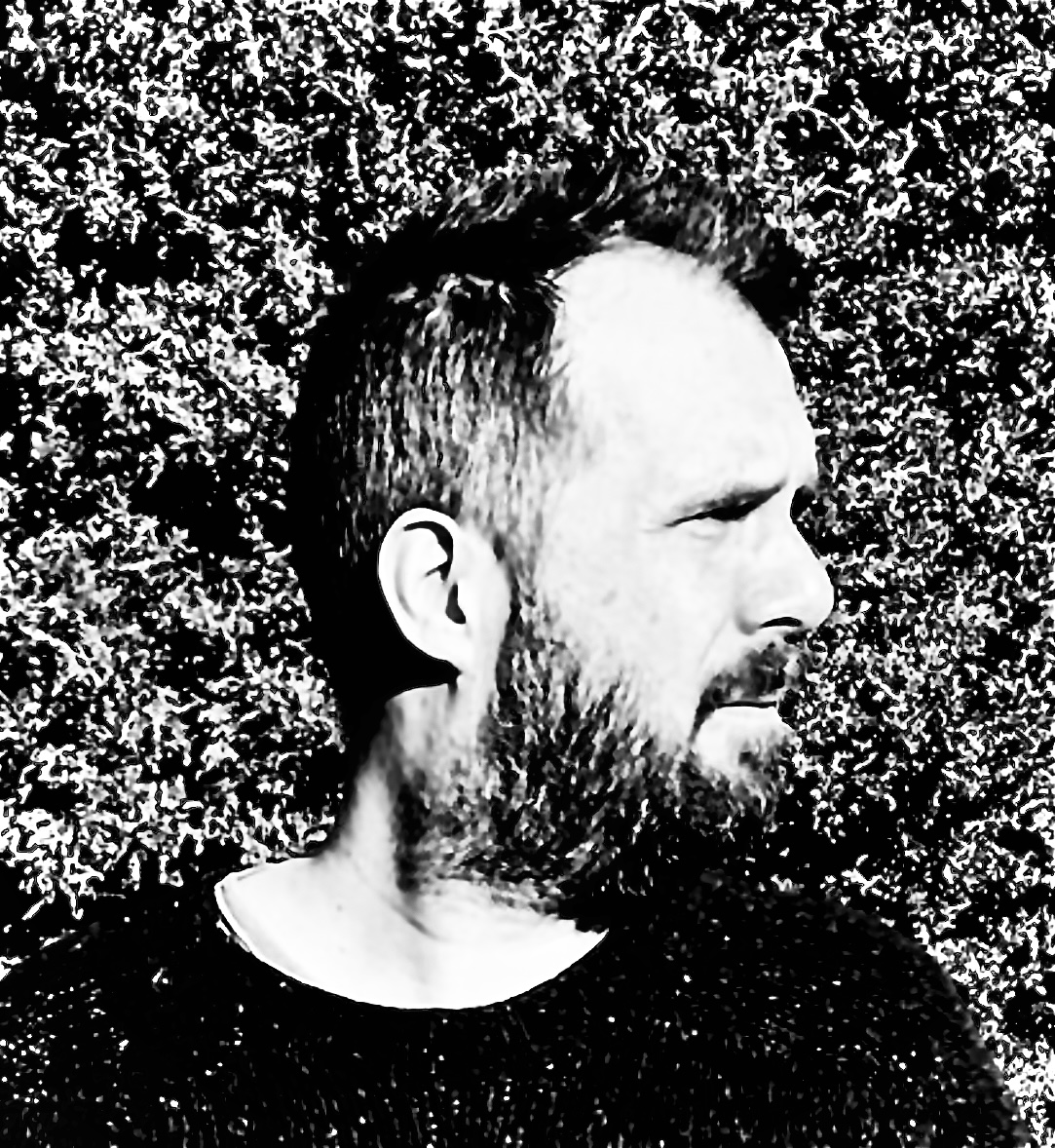












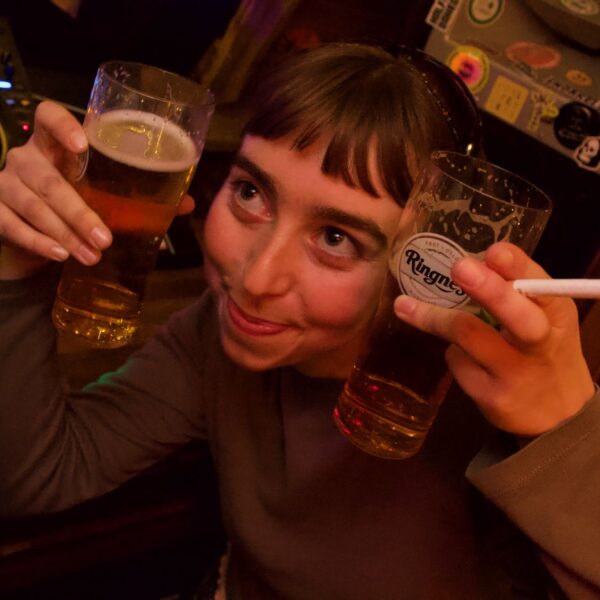




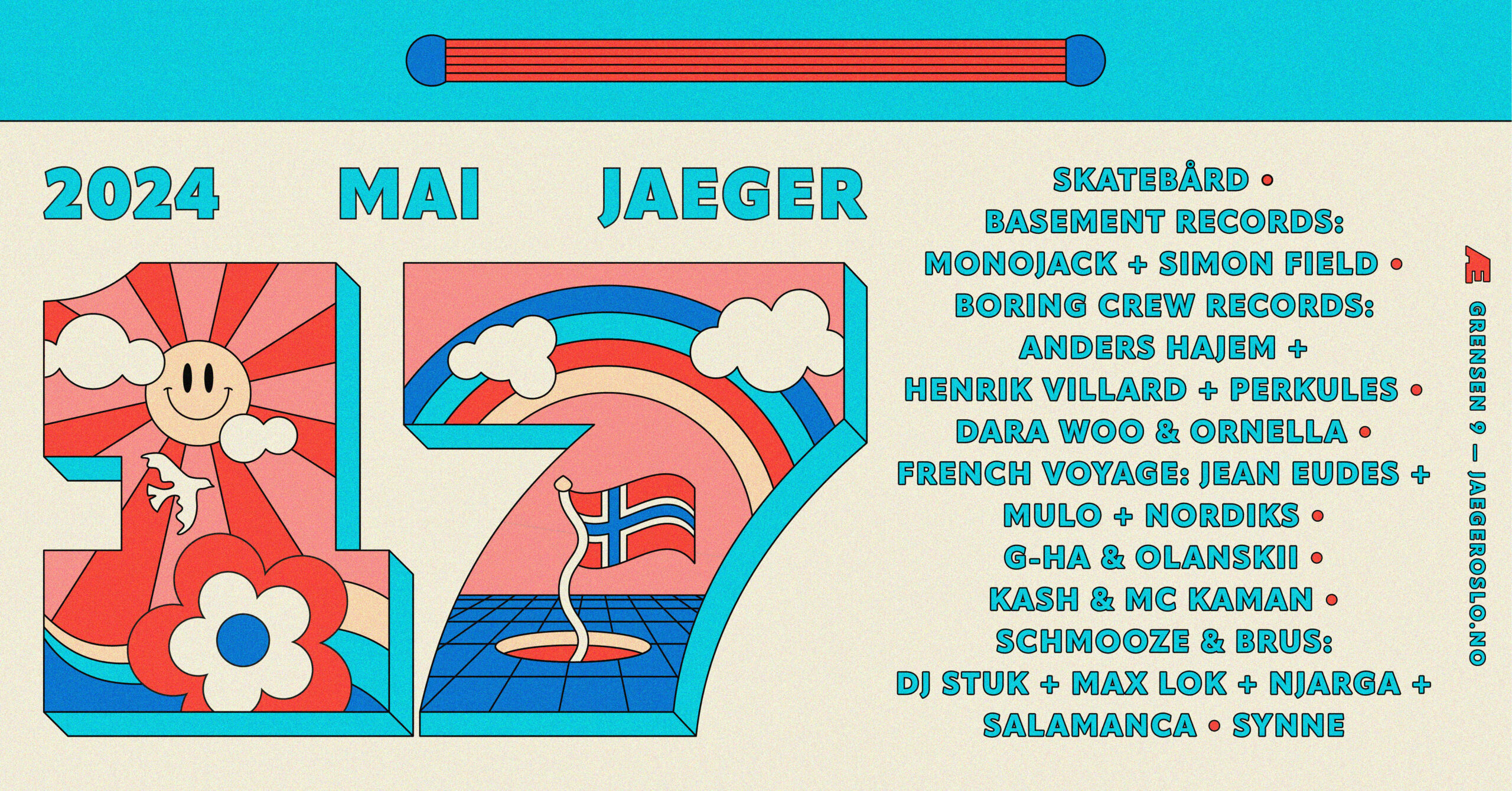


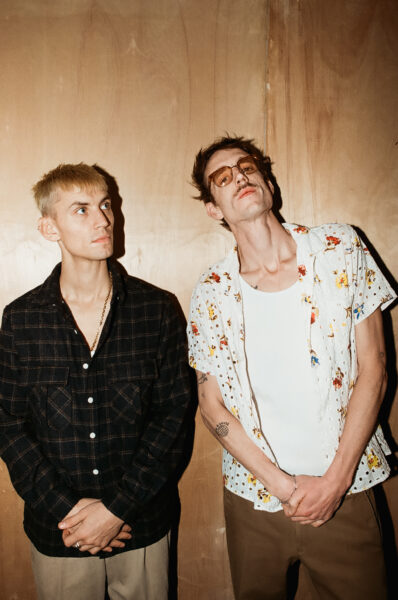
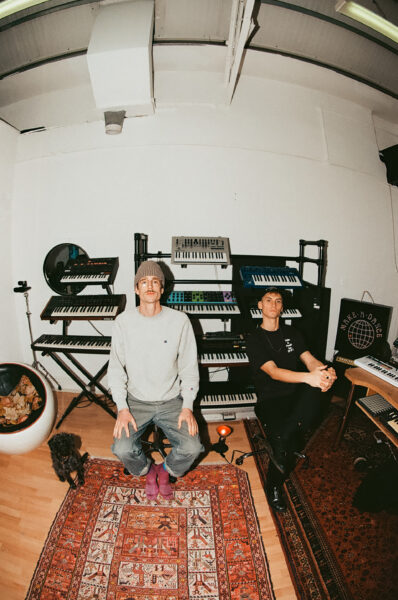









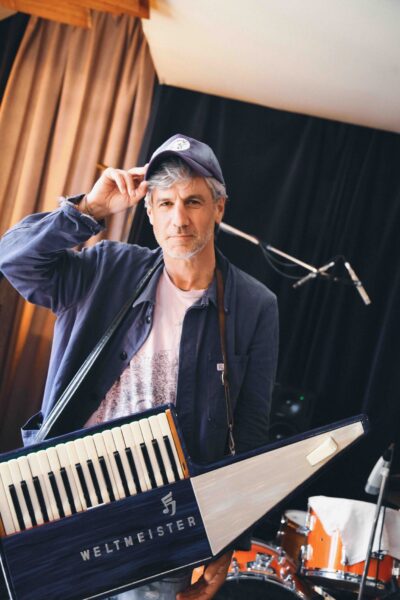







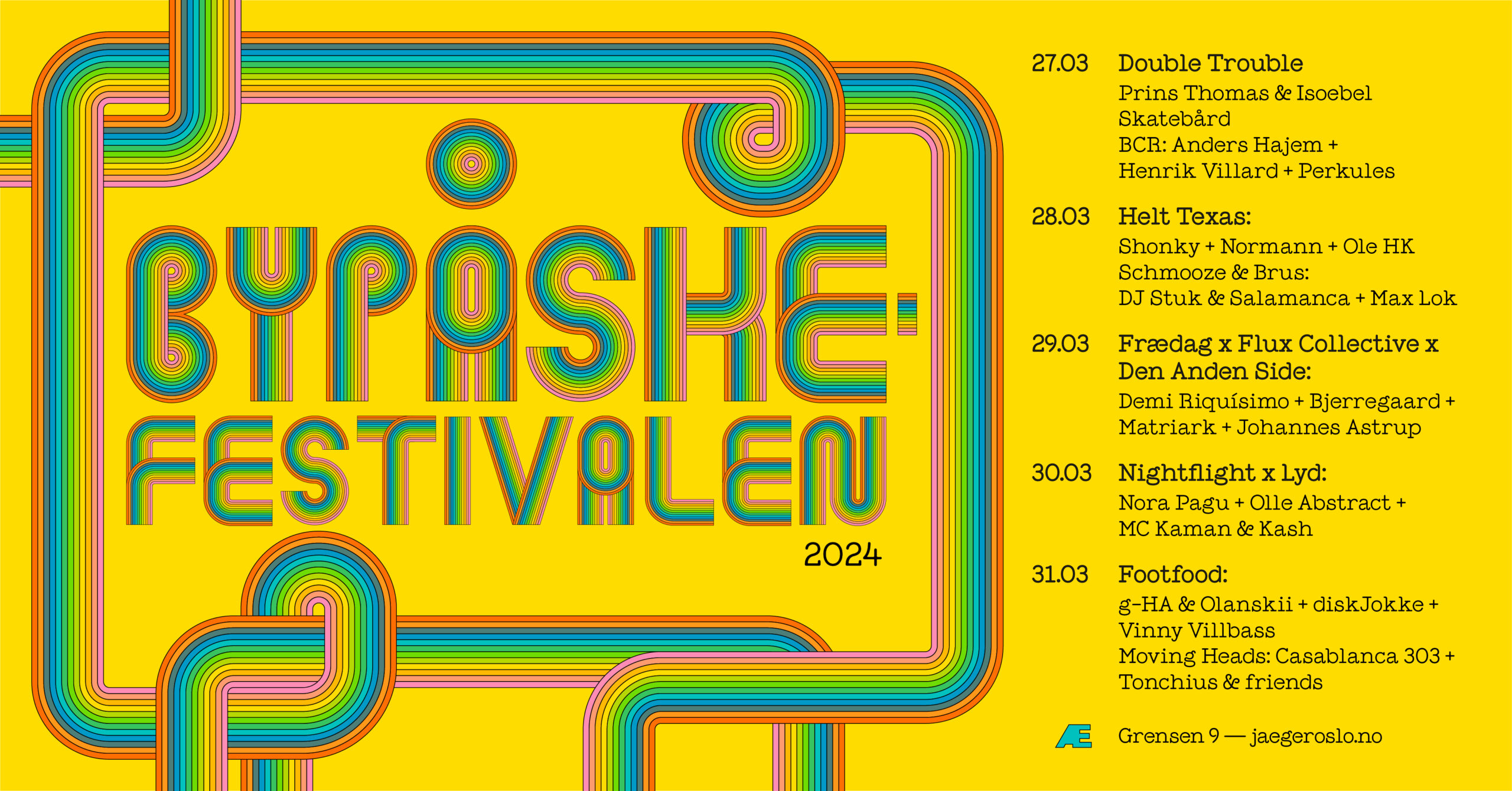




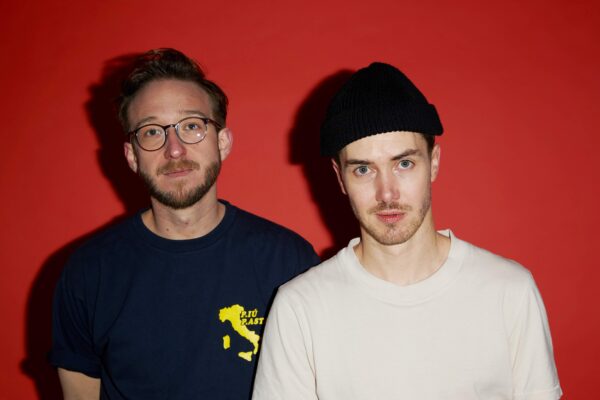


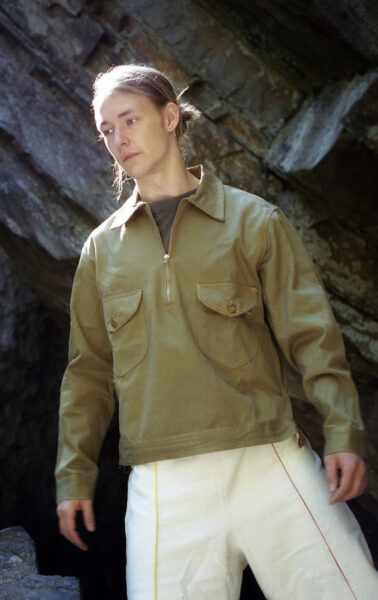





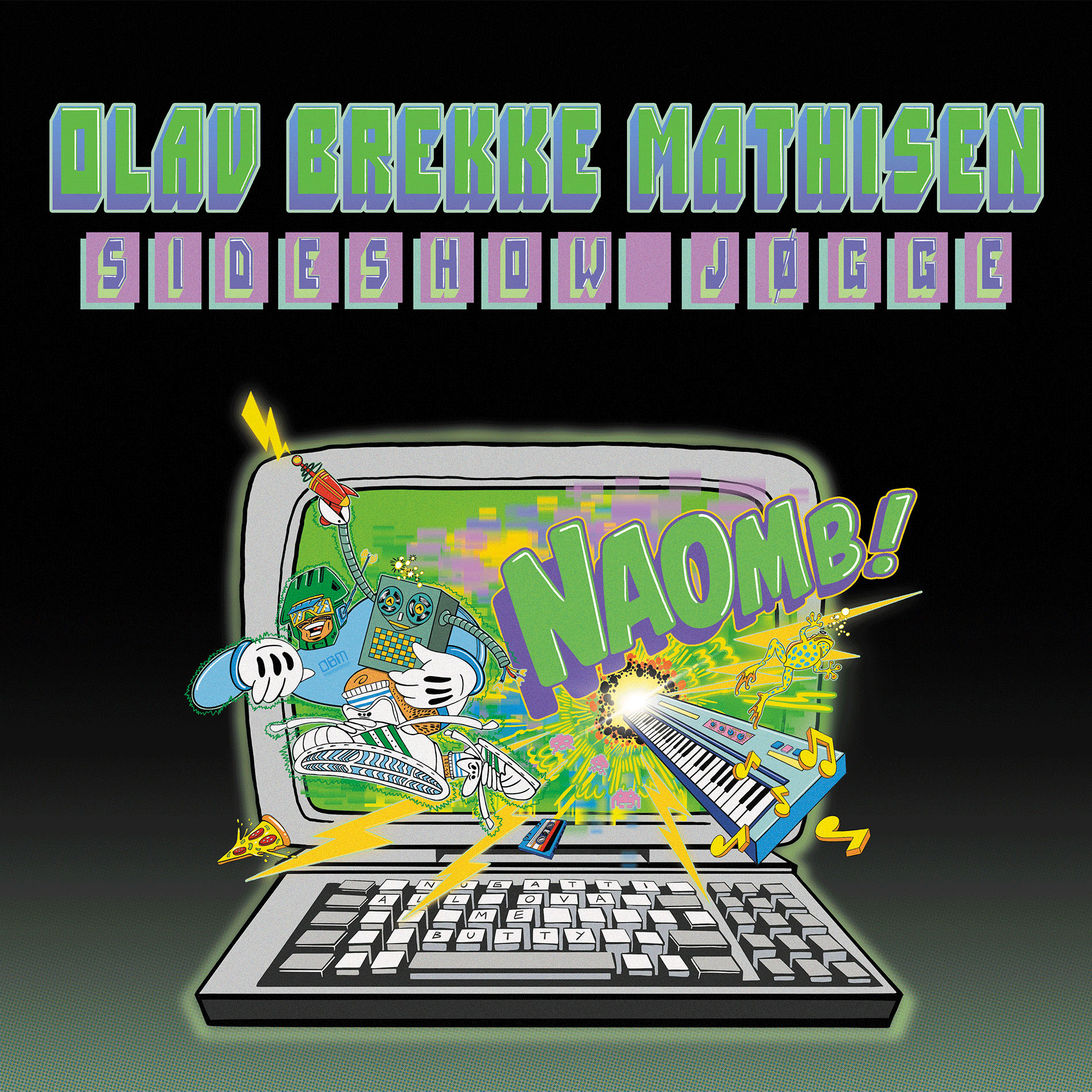




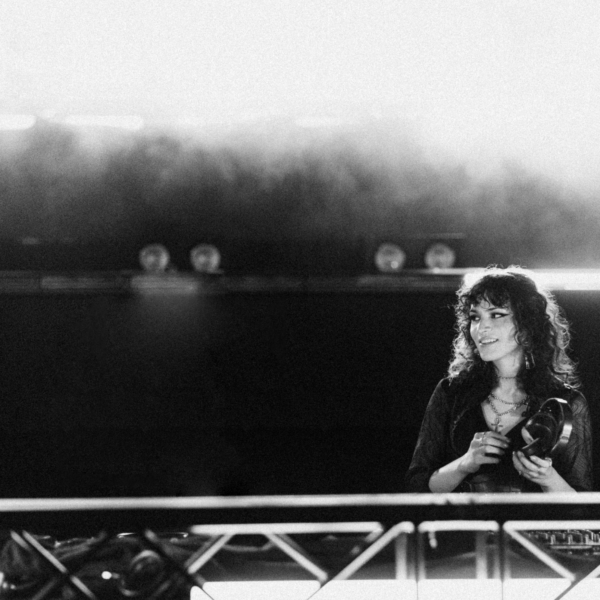




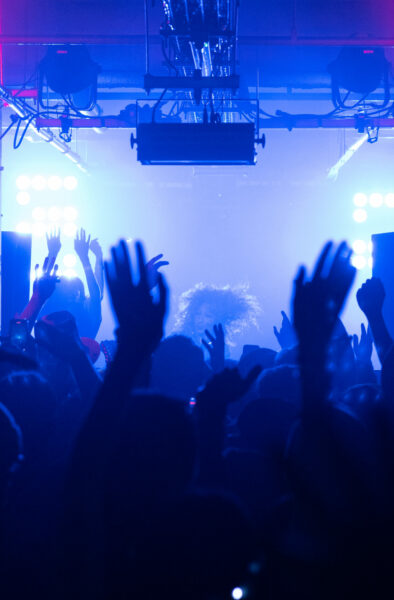








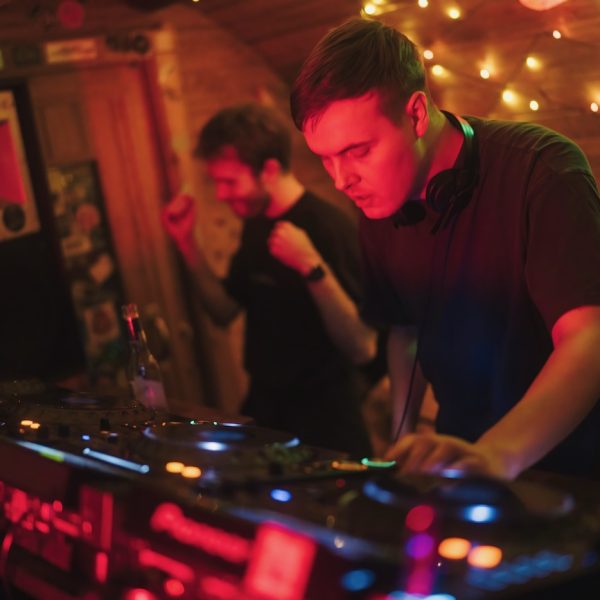














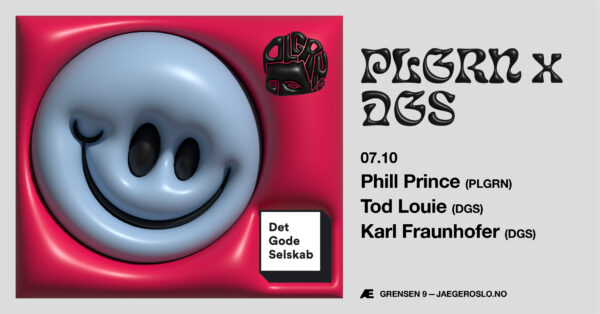







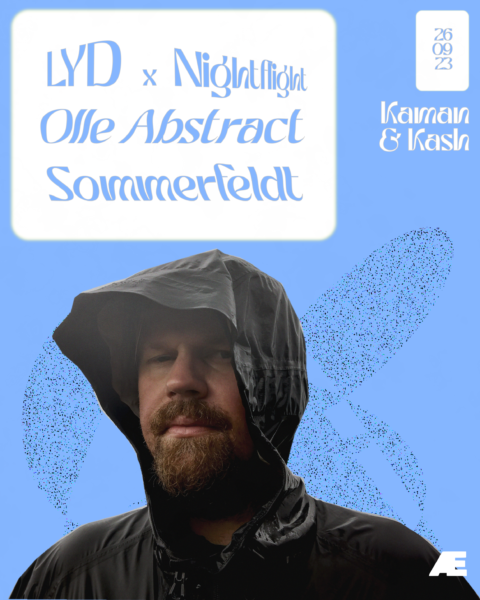 How has it informed your work beyond the DJ booth and in the studio?
How has it informed your work beyond the DJ booth and in the studio?

















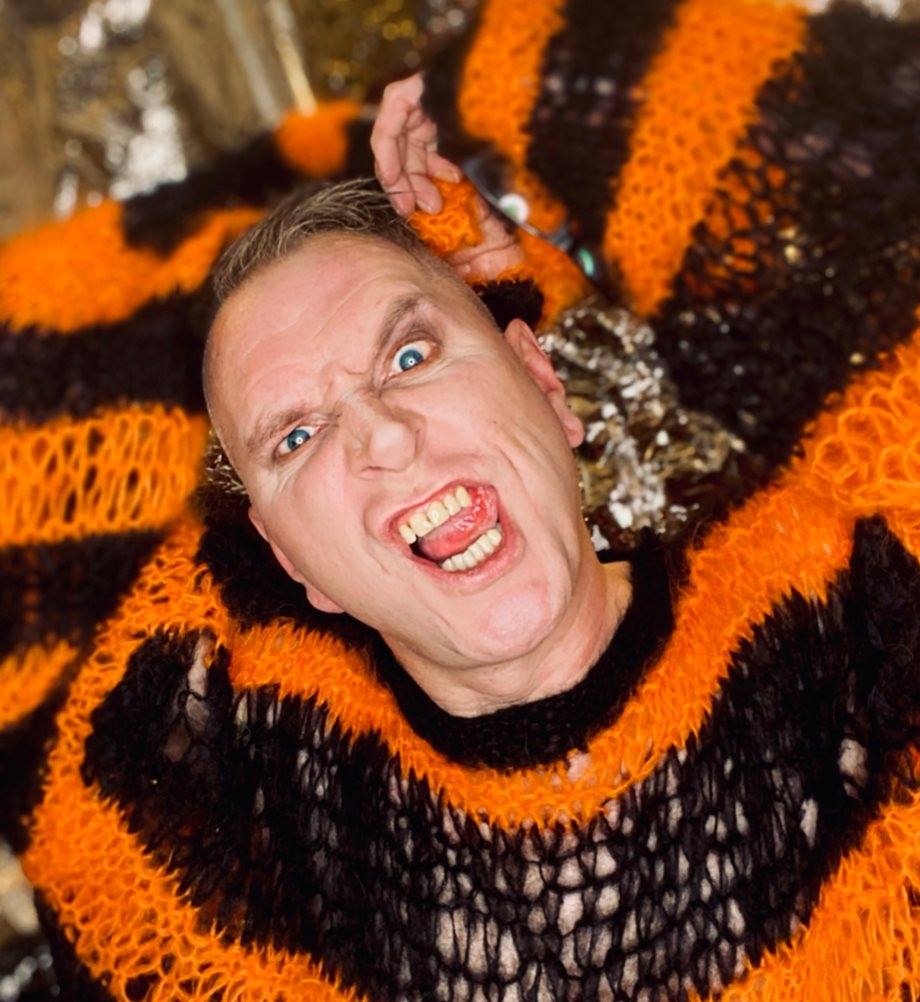



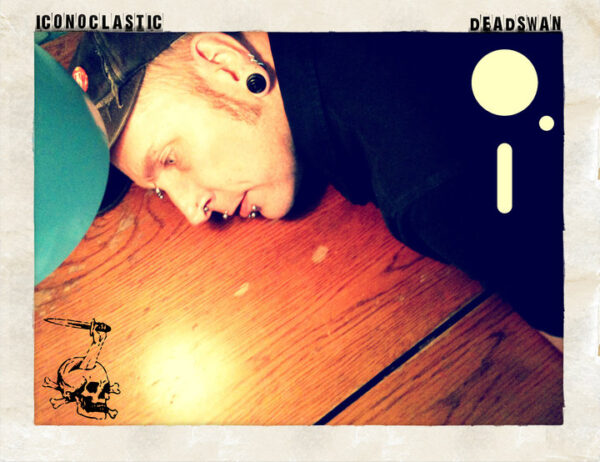





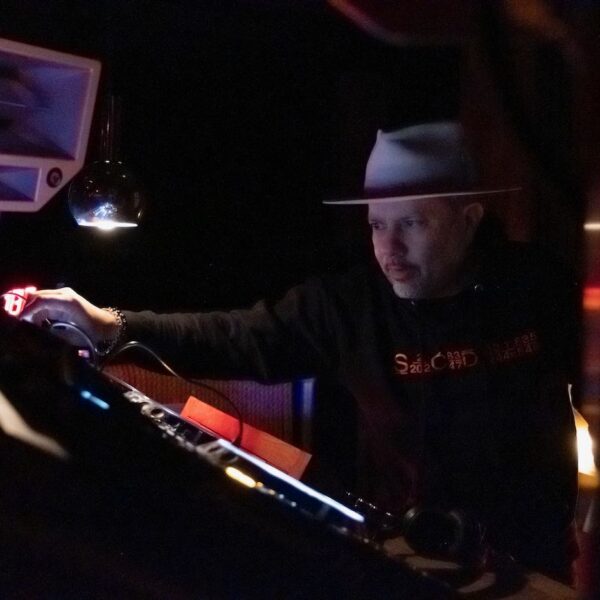








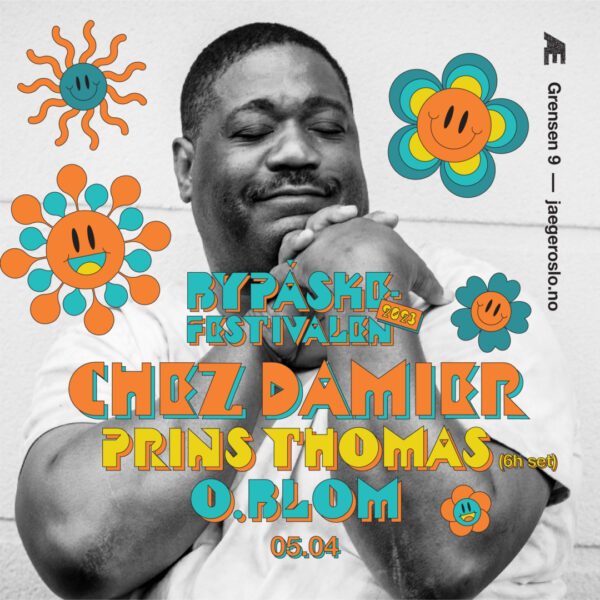


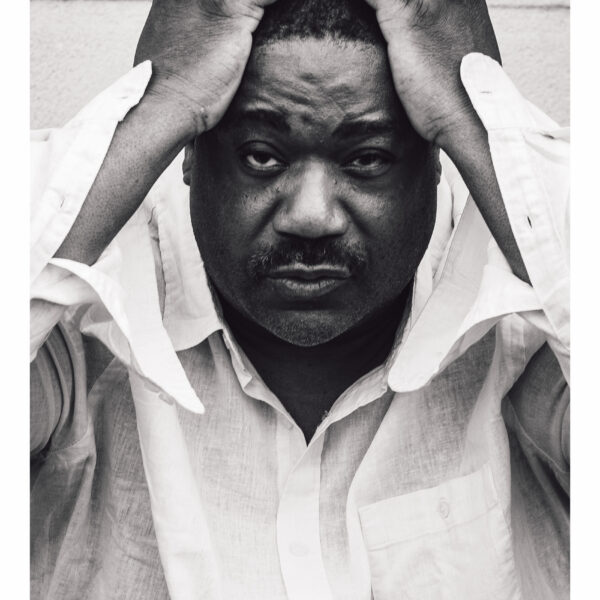






















 What do you remember of the nights at Space @ Bar Rumba?
What do you remember of the nights at Space @ Bar Rumba? How did you and Honey start working together?
How did you and Honey start working together?
 You mentioned, Garage was big when you were teenagers. Is that around the same time you started to make music?
You mentioned, Garage was big when you were teenagers. Is that around the same time you started to make music?





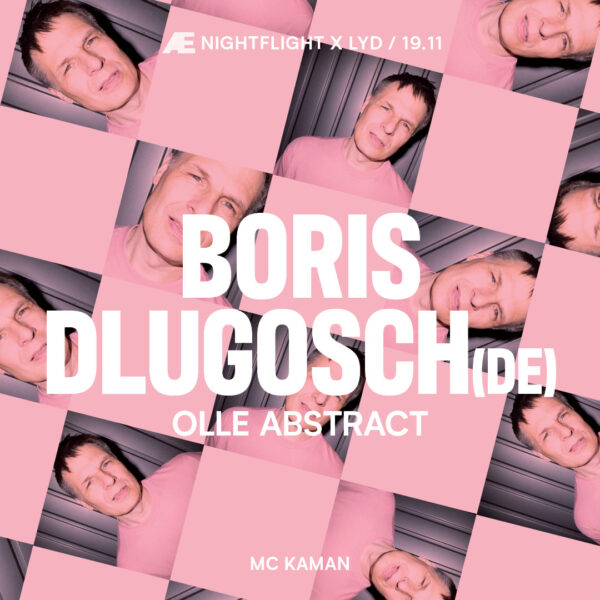




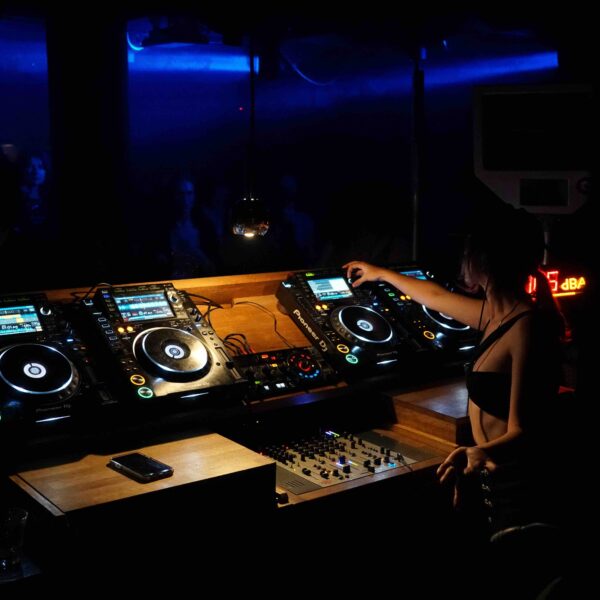








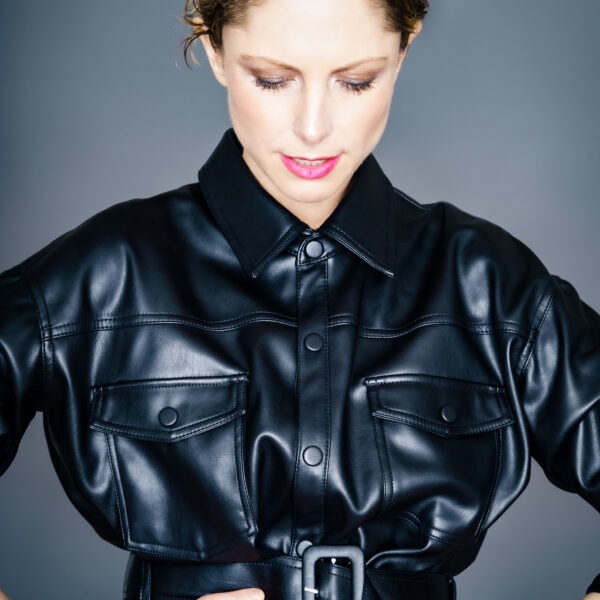






















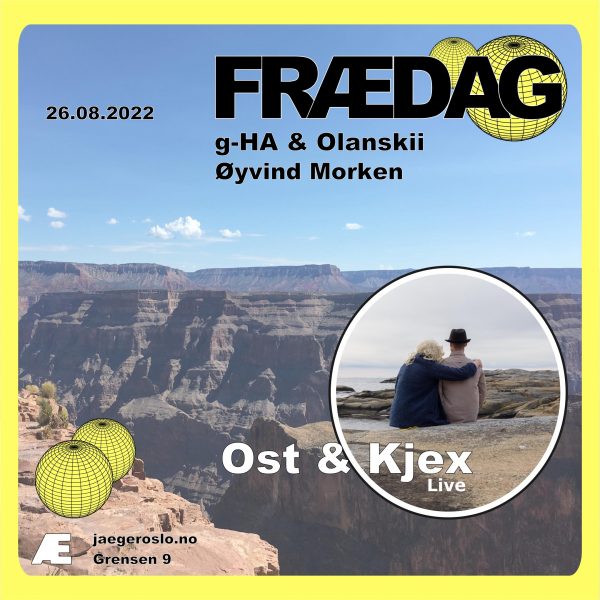

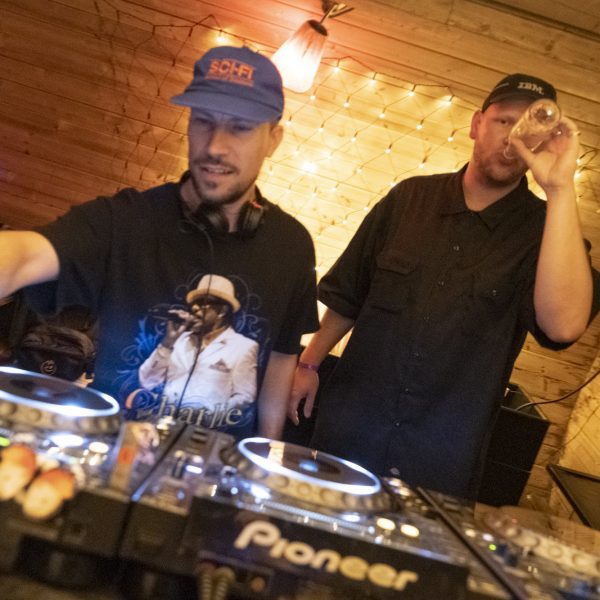

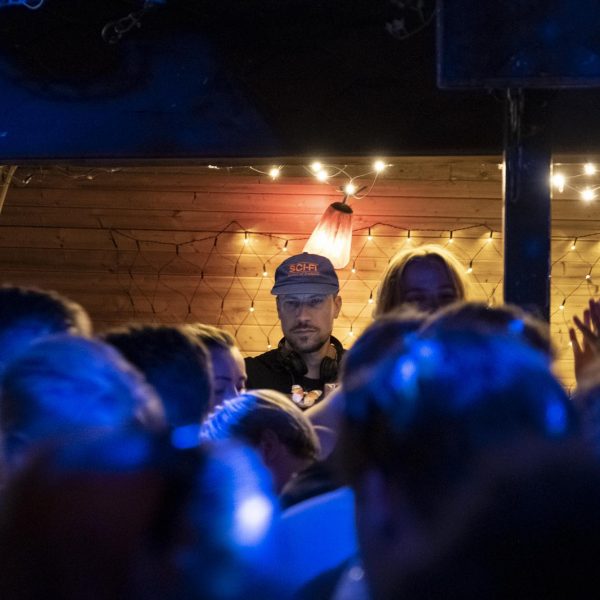













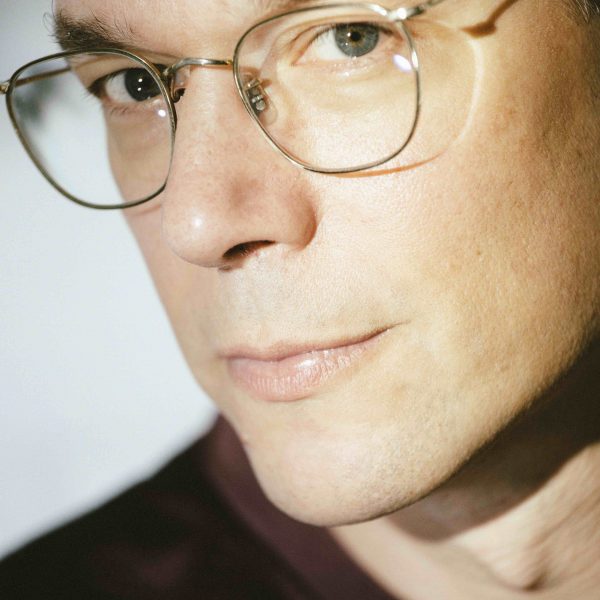

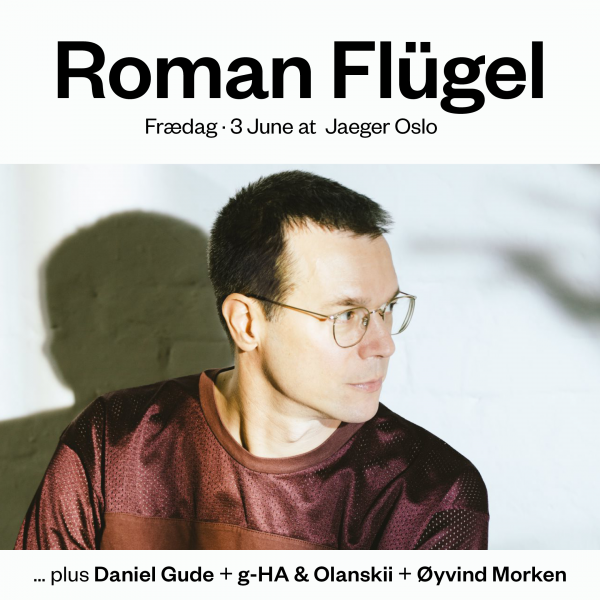
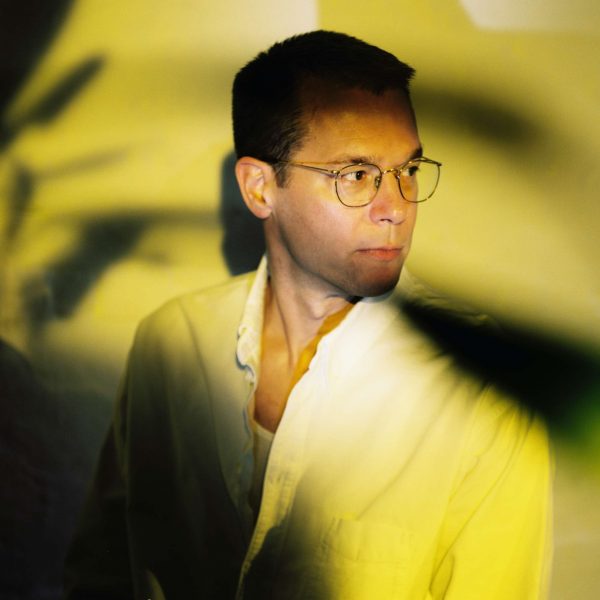






 James doesn’t feel queer is a “sexual statement,” but rather an ideology. “I know cis straight woman who identify as queer,” he says as an example. For James, queer is about a “rejection of patriarchy” and a the celebration of “alternative lifestyles” on dance floors. “As long as they bring love and joy to the dance, then everybody is welcome,” insists James. Even though the party they “do in New York is a different crowd to the one in London and the one in Berlin is different to both of those,” that queer element remains at its core and James “love
James doesn’t feel queer is a “sexual statement,” but rather an ideology. “I know cis straight woman who identify as queer,” he says as an example. For James, queer is about a “rejection of patriarchy” and a the celebration of “alternative lifestyles” on dance floors. “As long as they bring love and joy to the dance, then everybody is welcome,” insists James. Even though the party they “do in New York is a different crowd to the one in London and the one in Berlin is different to both of those,” that queer element remains at its core and James “love
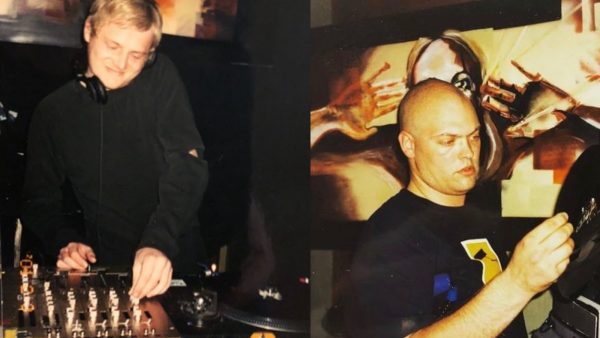
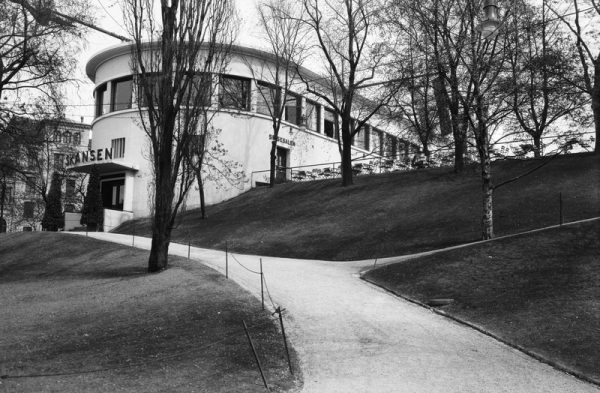


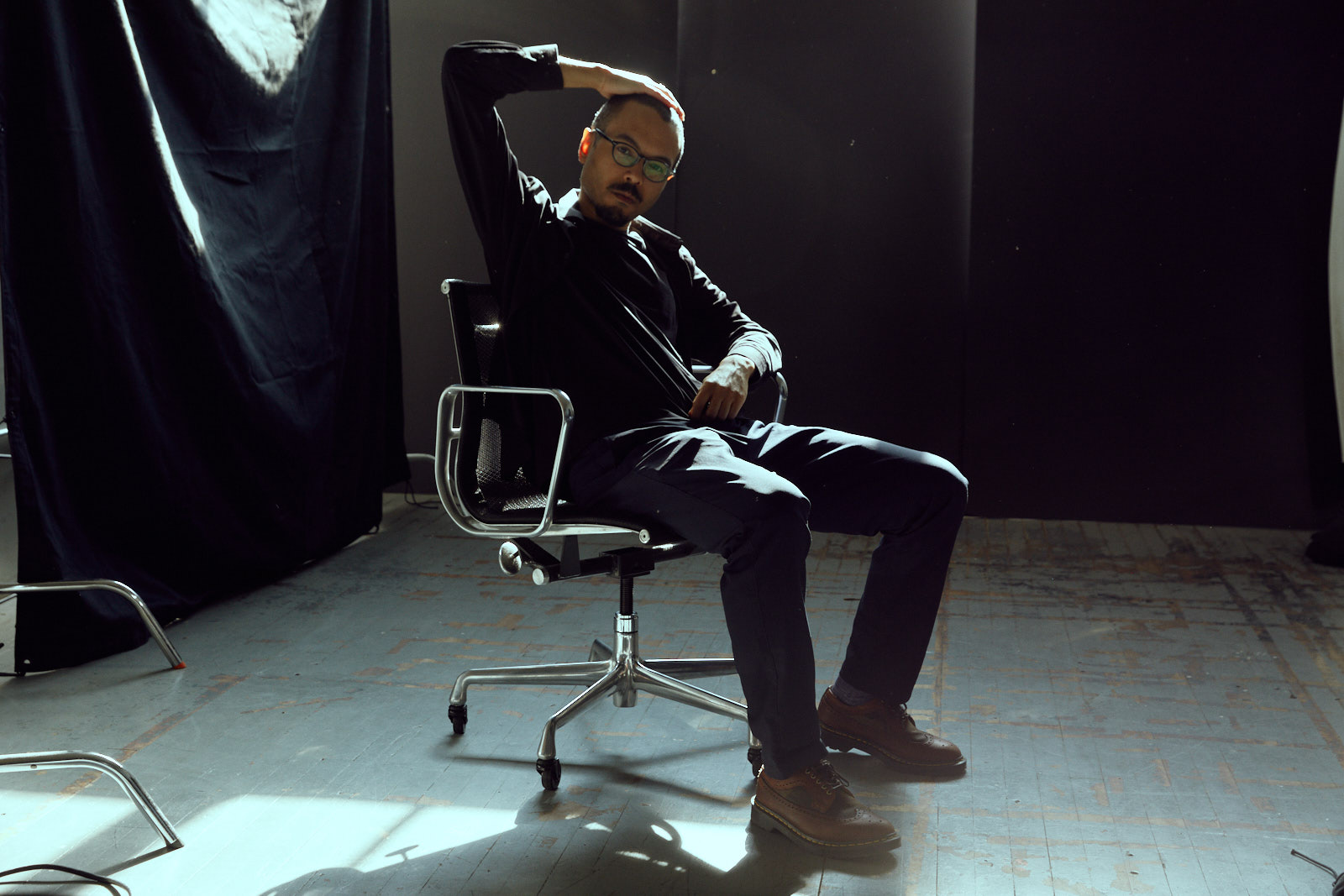






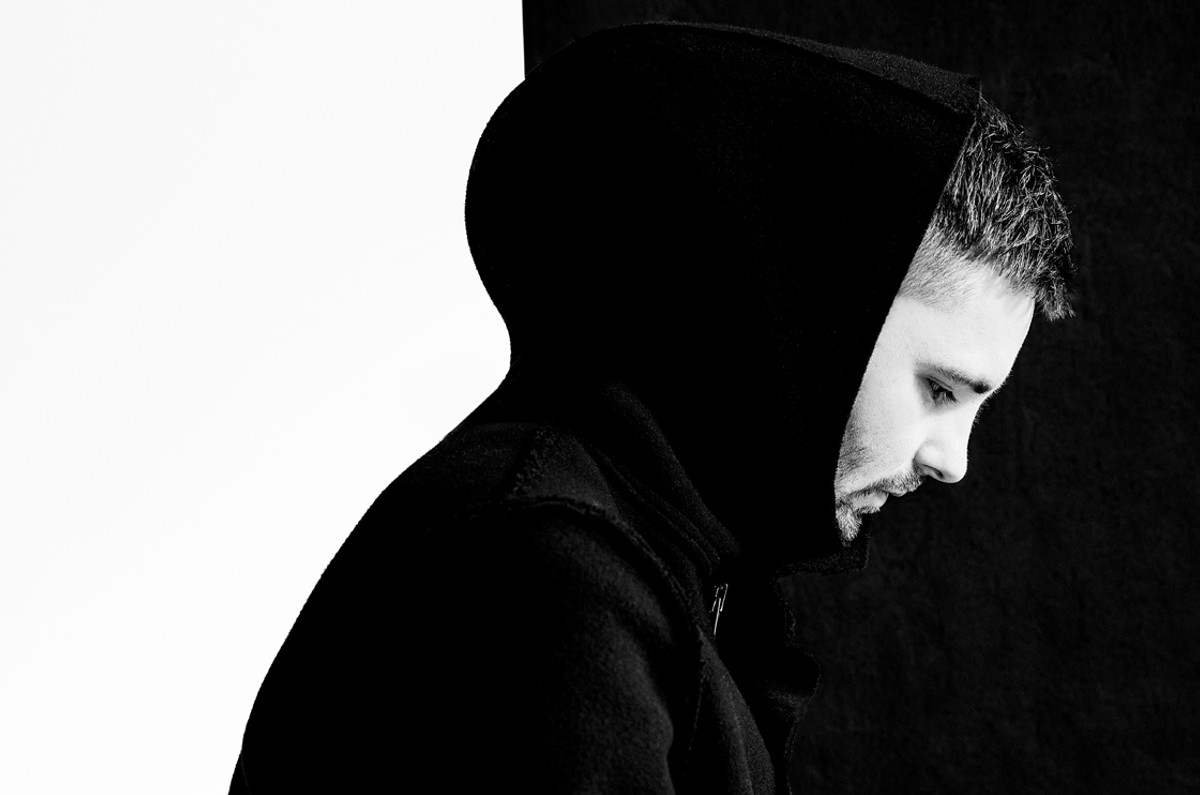
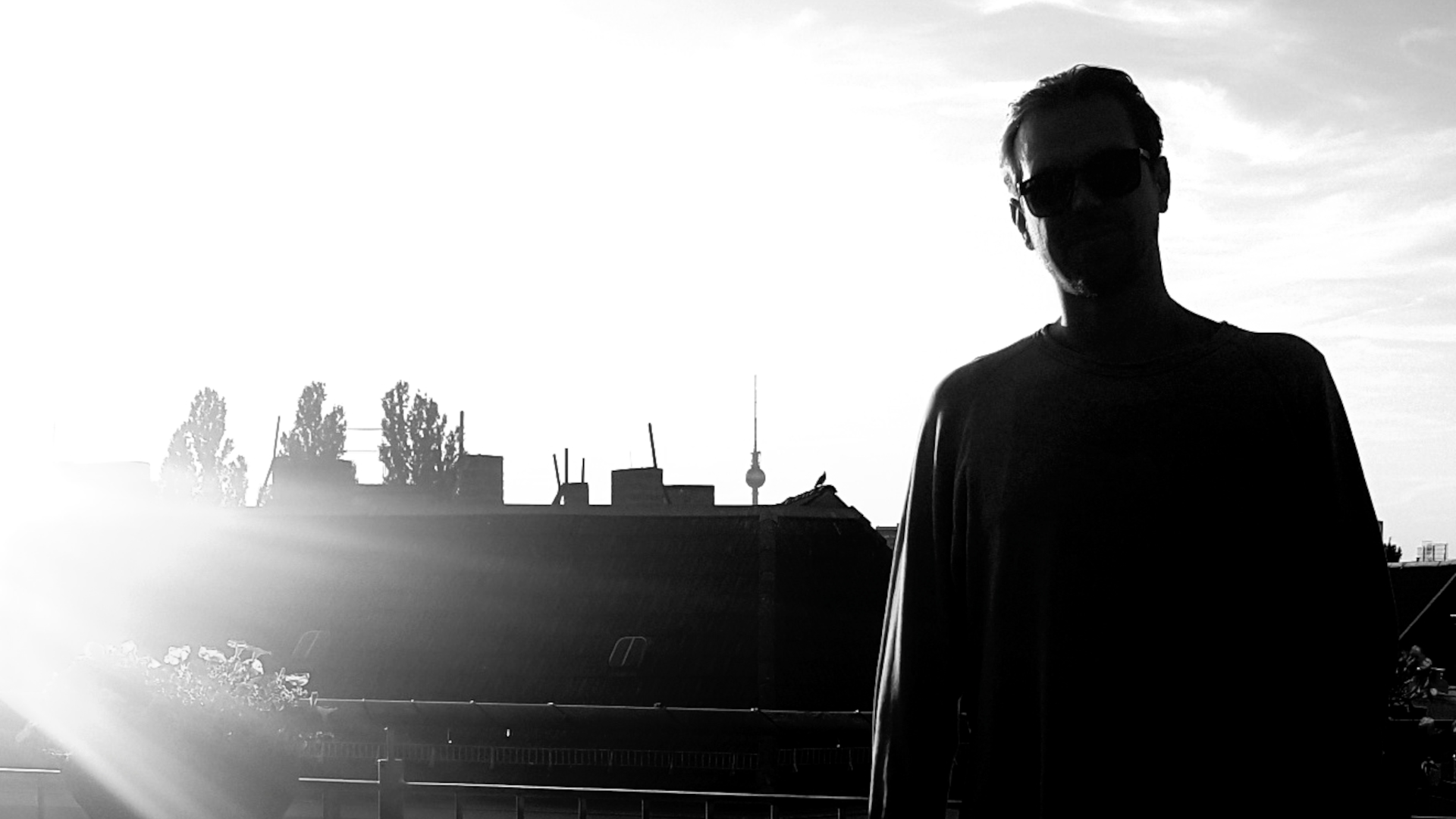



 Tell me about WINDOWS. Is it an album and/or a live show?
Tell me about WINDOWS. Is it an album and/or a live show?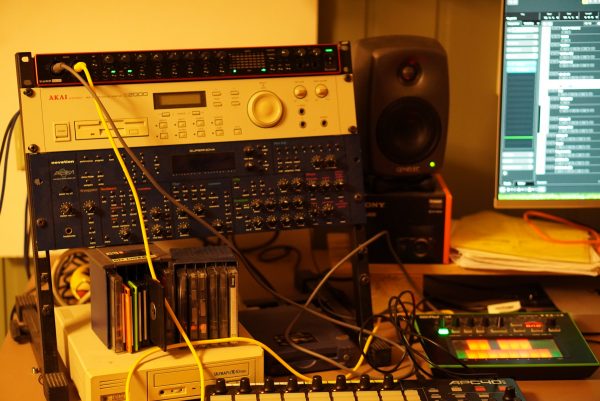


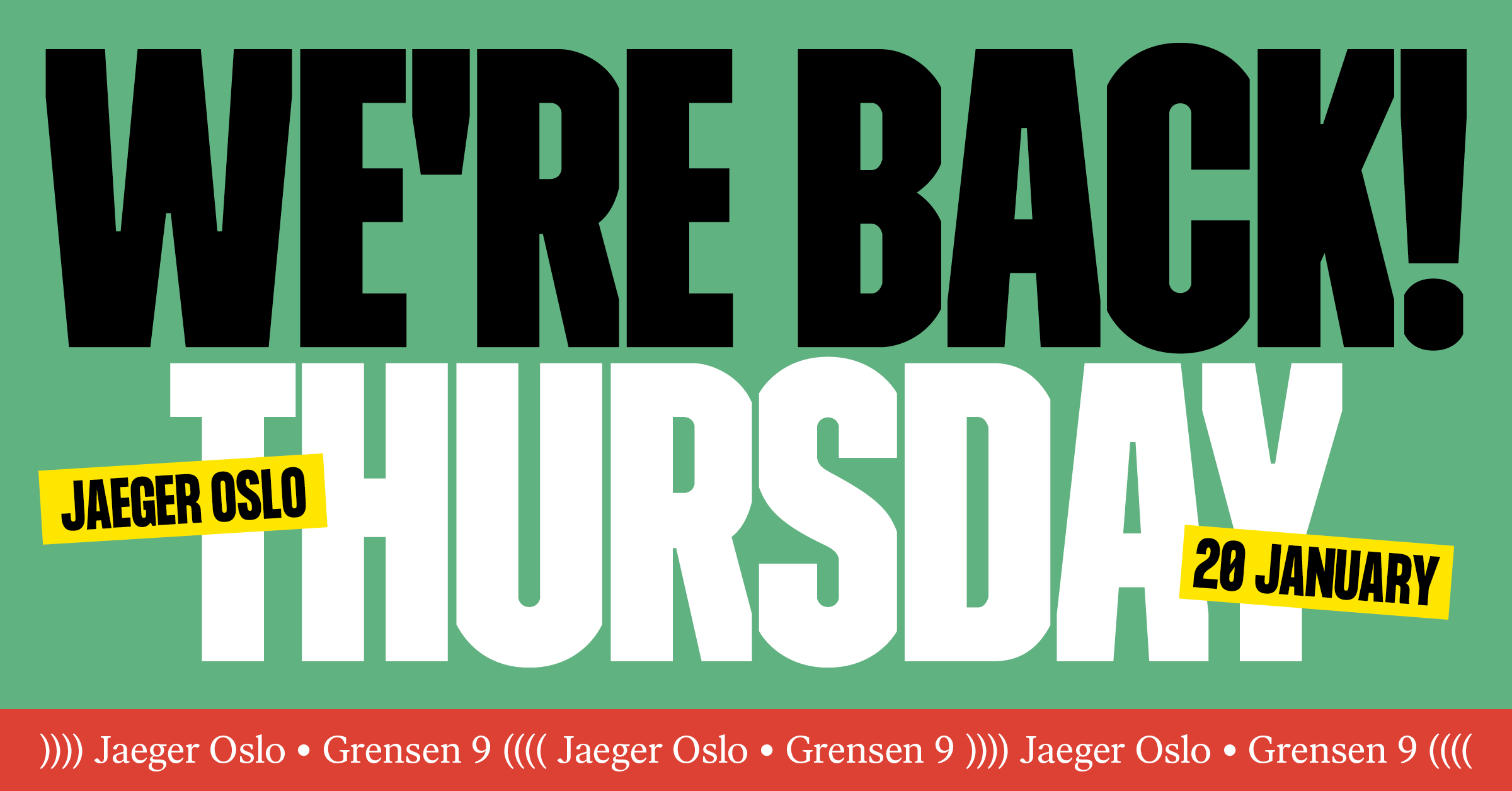








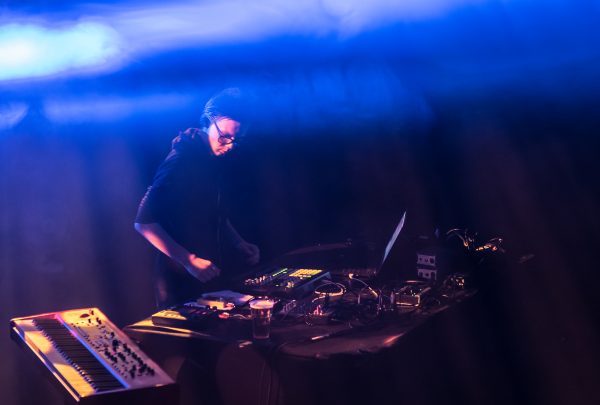

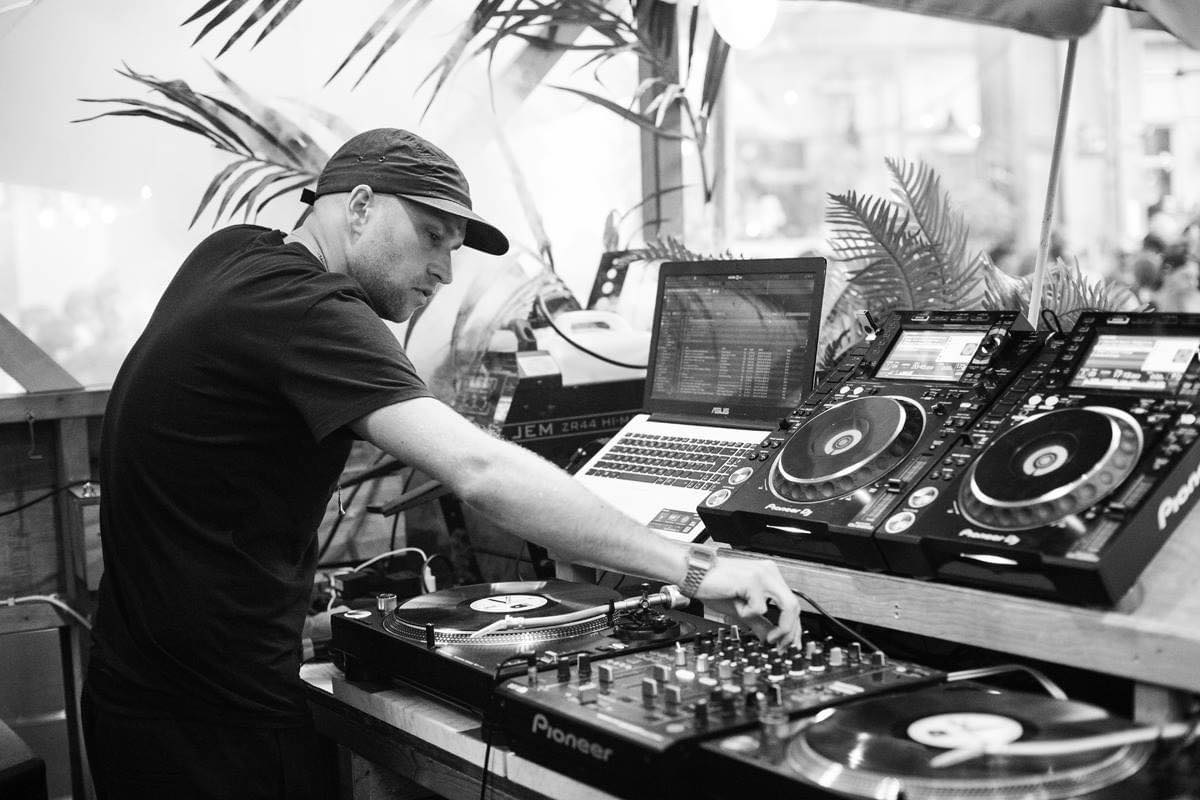

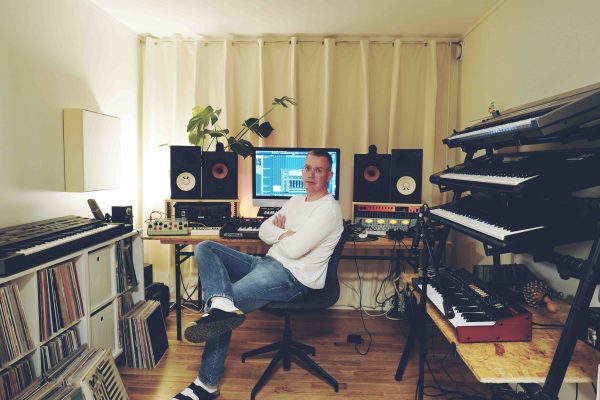














 Ida and Naomi both grew up in what they consider a “small town” called Sandefjord. Both had taken an early interest in music albeit from different points of view. While Ida was “drawn into singing very early,” Naomi was an avid listener, consuming all she can from Beyonce to Dimmu Borgir. At around the age of 11 Naomi’s dad built her a dance studio in the basement with “some cheap speakers and different kinds of disco lights” encouraging the impressionable youth towards electronic dance music. She would be “dancing like a crazy person to Benny Benassi” in her basement enclave she remembers fondly today.
Ida and Naomi both grew up in what they consider a “small town” called Sandefjord. Both had taken an early interest in music albeit from different points of view. While Ida was “drawn into singing very early,” Naomi was an avid listener, consuming all she can from Beyonce to Dimmu Borgir. At around the age of 11 Naomi’s dad built her a dance studio in the basement with “some cheap speakers and different kinds of disco lights” encouraging the impressionable youth towards electronic dance music. She would be “dancing like a crazy person to Benny Benassi” in her basement enclave she remembers fondly today. 






 You’re talking about the early nineties?
You’re talking about the early nineties?


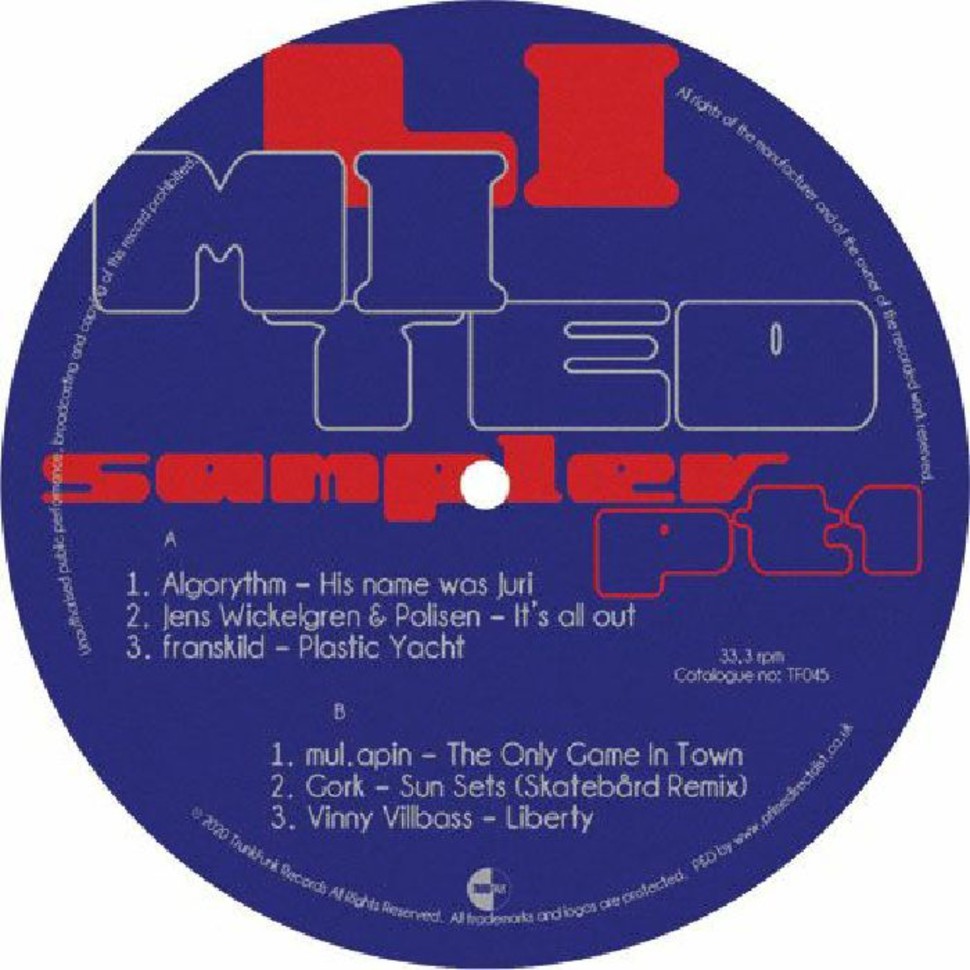






 Wilkes
Wilkes 13 years is still a long time for a club night, especially at that time, when everybody was going from one thing to the next quite quickly. How did you maintain that excitement around it for so long?
13 years is still a long time for a club night, especially at that time, when everybody was going from one thing to the next quite quickly. How did you maintain that excitement around it for so long?
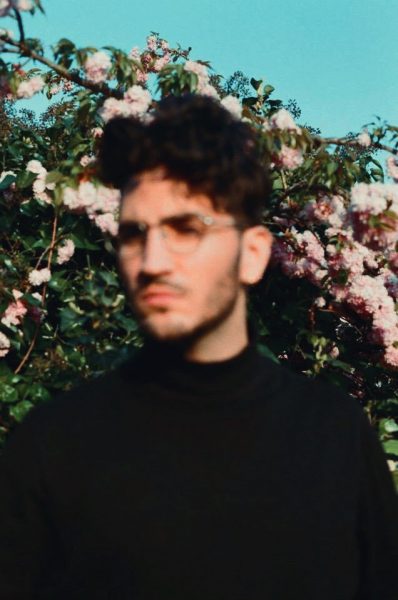 You got pigeonholed as a DJ, somewhat unfairly, in that Deep House trend after “Your Everything.” What effect did it have on what you would do next and how did you eventually sidestep it as a DJ?
You got pigeonholed as a DJ, somewhat unfairly, in that Deep House trend after “Your Everything.” What effect did it have on what you would do next and how did you eventually sidestep it as a DJ?






 Lars grew up in the
Lars grew up in the At 13 he had heard his first DJ playing Disco records consecutively, and by 15 he went to his first club and bought “Ten Percent“ on Salsoul. The speaker hanging out the window soon developed into a party in his apartment, and requests to play at other people’s house parties followed as he became a local mobile Disco music of some repute. “I just loved the music, it was just everything for me,” he remembers. At 18 he had made something of a career out of it, playing mostly commercial music, before somebody dropped “a stack of what they called Loft records” at his feet. “I was like ‘Whoa, what is this sound?’” It was a selection of expensive, limited press- and imported records, the kind of which they had been playing not only at the Loft, but also Paradise Garage. Although Morales had not yet been to either club, since they were strictly private clubs, he started making inroads as a dancer frequenting venues like Paradise Garage and the Loft through acquaintances with memberships, and eventually befriending people like Mancusso and DJ Kenny Carpenter. It was through Carpenter that he was inducted into a record pool, the first organisations that supplied DJs with new, unreleased music for the club, and it was through this pool that he would have his first major break as DJ.
At 13 he had heard his first DJ playing Disco records consecutively, and by 15 he went to his first club and bought “Ten Percent“ on Salsoul. The speaker hanging out the window soon developed into a party in his apartment, and requests to play at other people’s house parties followed as he became a local mobile Disco music of some repute. “I just loved the music, it was just everything for me,” he remembers. At 18 he had made something of a career out of it, playing mostly commercial music, before somebody dropped “a stack of what they called Loft records” at his feet. “I was like ‘Whoa, what is this sound?’” It was a selection of expensive, limited press- and imported records, the kind of which they had been playing not only at the Loft, but also Paradise Garage. Although Morales had not yet been to either club, since they were strictly private clubs, he started making inroads as a dancer frequenting venues like Paradise Garage and the Loft through acquaintances with memberships, and eventually befriending people like Mancusso and DJ Kenny Carpenter. It was through Carpenter that he was inducted into a record pool, the first organisations that supplied DJs with new, unreleased music for the club, and it was through this pool that he would have his first major break as DJ.



 The first release on the label came via KiNK, with the aptly titled “Home,” and in that record we find similarities to KiNK’s music from “Under Destruction” as tracks play on similar rhythmic and melodic themes, distilled down from traditional music, with titles like The Clock and The Grid redefining the concepts contained in their titles for western ears. Accompanying the release and future releases from a small, but dedicated community of artists, are a series of photos – most of which taken on phone – from Bulgarian DJ legend DJ Valentine. Alongside the music it consolidates a label that for the first time will distill some of that Bulgarian traditions into a contemporary platform.
The first release on the label came via KiNK, with the aptly titled “Home,” and in that record we find similarities to KiNK’s music from “Under Destruction” as tracks play on similar rhythmic and melodic themes, distilled down from traditional music, with titles like The Clock and The Grid redefining the concepts contained in their titles for western ears. Accompanying the release and future releases from a small, but dedicated community of artists, are a series of photos – most of which taken on phone – from Bulgarian DJ legend DJ Valentine. Alongside the music it consolidates a label that for the first time will distill some of that Bulgarian traditions into a contemporary platform.

 They had known they “had something by the first record” , the rather wordy “some, but not all Cheese comes from the moon.” That record, released on Planet Noise in 2004 had put Ost & Kjex on the map in Norway, but it was when they “sent the first tracks to Crosstown Rebels and they called back” they had something special according to Petter. “When Crosstown Rebels called up, we knew the outside world was listening” reiterates Tore and by the time of Cajun Lunch their sound was truly established.
They had known they “had something by the first record” , the rather wordy “some, but not all Cheese comes from the moon.” That record, released on Planet Noise in 2004 had put Ost & Kjex on the map in Norway, but it was when they “sent the first tracks to Crosstown Rebels and they called back” they had something special according to Petter. “When Crosstown Rebels called up, we knew the outside world was listening” reiterates Tore and by the time of Cajun Lunch their sound was truly established. 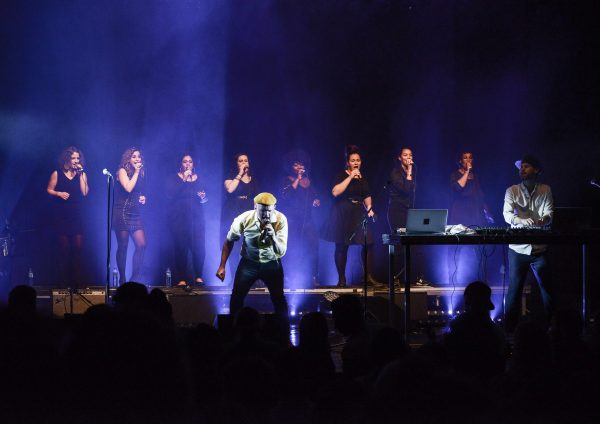
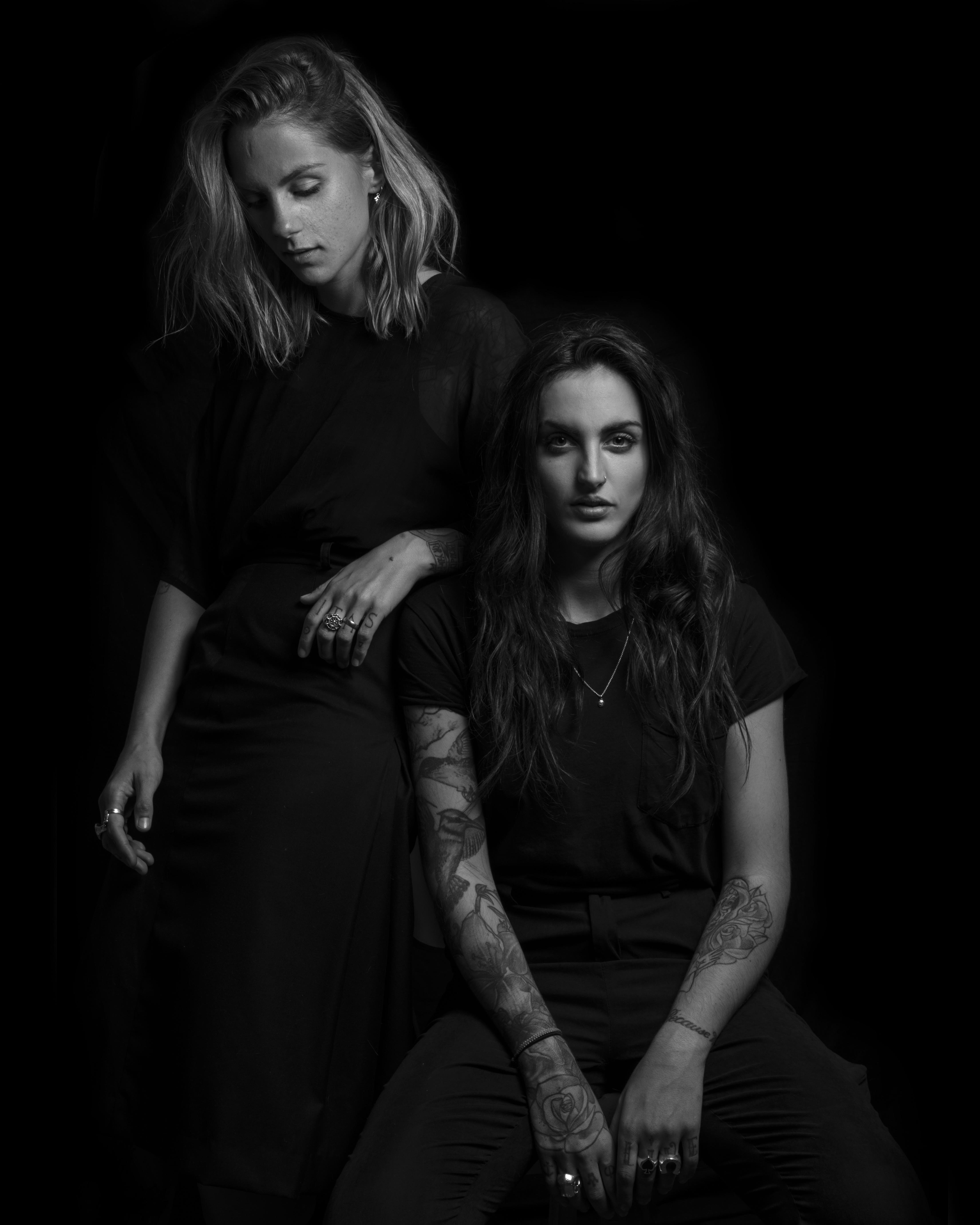







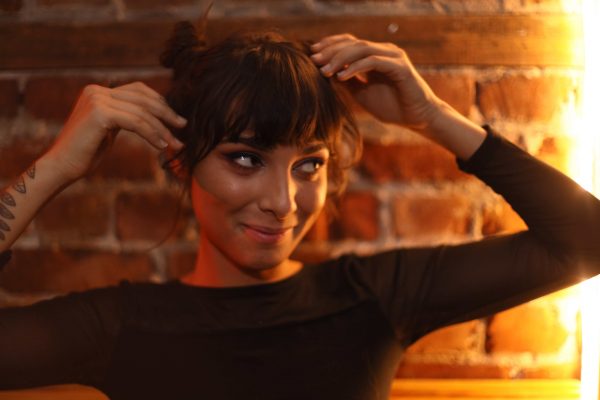 Do you remember a specific moment or track that inspired you to first mix two songs together?
Do you remember a specific moment or track that inspired you to first mix two songs together?

 Tell me about going to the Loft.
Tell me about going to the Loft. Did he just play on Blå’s soundsystem?
Did he just play on Blå’s soundsystem? Did you ever talk to him about the peak era of the Loft?
Did you ever talk to him about the peak era of the Loft?





 She gives my a side glance before answering; “Obviously there is a correlation… do I need to follow that…. A bit if I want to, but not really.” It’s understandable why she won’t acquiesce to the archetypes that dominate DJ culture today. As she insists, she
She gives my a side glance before answering; “Obviously there is a correlation… do I need to follow that…. A bit if I want to, but not really.” It’s understandable why she won’t acquiesce to the archetypes that dominate DJ culture today. As she insists, she 

 That was my introduction to Jaeger’s “Diskon sound” as I came to know it and throughout my tenure here, the sound system kept growing, shrinking and moving in a constant evolution that owner and resident Ola Smith-Simonsen (Olanskii) still refers to as a ”work in progress.” It’s been in a constant state of flux that has taken a life of its own as the venue, the DJs and the audience kept changing around it and as it kept retreating further into the structural makeup of the room and the dance floor it’s allure is indistinguishable between these elements. And as Ola starts talking about the next phase of the system and the recently-installed bass traps settle into the walls, it’s an evolution in sound that refuses to come to any natural conclusion.
That was my introduction to Jaeger’s “Diskon sound” as I came to know it and throughout my tenure here, the sound system kept growing, shrinking and moving in a constant evolution that owner and resident Ola Smith-Simonsen (Olanskii) still refers to as a ”work in progress.” It’s been in a constant state of flux that has taken a life of its own as the venue, the DJs and the audience kept changing around it and as it kept retreating further into the structural makeup of the room and the dance floor it’s allure is indistinguishable between these elements. And as Ola starts talking about the next phase of the system and the recently-installed bass traps settle into the walls, it’s an evolution in sound that refuses to come to any natural conclusion. 
 “It’s like money,” collates Rosner in a RBMA lecture; ”you can never have too much because you know you can give some of it away. Loudspeakers can never be too big, because you can always turn the volume down.” In one of Rosner and Mancuso’s crowning achievements at the Loft their combined efforts resulted in creating a tweeter-array system that helped spread those higher sonic frequencies more evenly and further across the room, so that even the person sitting in the back could hear every element in the music rather than just the bass frequencies, which naturally has the longest reach. Even though Rosner didn’t initially agree with Mancuso’s tweeter array idea, he soon came around when he discerned ”the more you have up there the better.” It’s a sonic philosophy that’s still noticeably adopted today when you see towers of horns jutting out high above the DJ somewhere like stalagmites on a cave wall, but while it’s certainly helpful having all that sound on tap, it’s pretty pointless if it’s not pointed in the right direction.
“It’s like money,” collates Rosner in a RBMA lecture; ”you can never have too much because you know you can give some of it away. Loudspeakers can never be too big, because you can always turn the volume down.” In one of Rosner and Mancuso’s crowning achievements at the Loft their combined efforts resulted in creating a tweeter-array system that helped spread those higher sonic frequencies more evenly and further across the room, so that even the person sitting in the back could hear every element in the music rather than just the bass frequencies, which naturally has the longest reach. Even though Rosner didn’t initially agree with Mancuso’s tweeter array idea, he soon came around when he discerned ”the more you have up there the better.” It’s a sonic philosophy that’s still noticeably adopted today when you see towers of horns jutting out high above the DJ somewhere like stalagmites on a cave wall, but while it’s certainly helpful having all that sound on tap, it’s pretty pointless if it’s not pointed in the right direction. It was Alex Rosner that introduced Long to this world, as a kind of fixer for his sound systems and it would be Rosner that would also inadvertently put him into business. In “Last night a DJ saved my life,” Francis Grasso described an incident where Rosner sent Long out on a job, and Long usurped his boss by outbidding him on the same job as an independent contractor. Rosner remembers it differently in the RBMA documentary. According to Rosner, John Addison (Studio 54) had phoned Rosner up in the middle of the night to ask about doing some work for him. Rosner swiftly hung up on Addison, noting the lateness of the call in what I assume was short conversation littered with expletives. Addison in all his ‘70s cocaine-fuelled cock-sured fury was not a person you would hang the receiver up on likely and put his next call in to Rosner’s budding apprentice effectively putting Richard Long and associates into business.
It was Alex Rosner that introduced Long to this world, as a kind of fixer for his sound systems and it would be Rosner that would also inadvertently put him into business. In “Last night a DJ saved my life,” Francis Grasso described an incident where Rosner sent Long out on a job, and Long usurped his boss by outbidding him on the same job as an independent contractor. Rosner remembers it differently in the RBMA documentary. According to Rosner, John Addison (Studio 54) had phoned Rosner up in the middle of the night to ask about doing some work for him. Rosner swiftly hung up on Addison, noting the lateness of the call in what I assume was short conversation littered with expletives. Addison in all his ‘70s cocaine-fuelled cock-sured fury was not a person you would hang the receiver up on likely and put his next call in to Rosner’s budding apprentice effectively putting Richard Long and associates into business.

 “Drugs, nothing more,” says Tornike, but “when they raided the club, no-one was arrested for dealing drugs and they couldn’t find any drug dealers inside the club, only finding 2 or 3 grams” on individuals. The club owners were arrested too, without a warrant on some overblown claims of obstruction, which never resulted in any charges brought forward, but what happened directly after the raid, was a force of solidarity in a clubbing community that we haven’t seen since the time of the criminal justice and public order act. People like Tornike, who had started gathering outside Bassiani as the police were carting off their friends and colleagues, were protesting the arrests. “We were trying to figure out what was happening,” explains Tornike who “didn’t even know which Police station they took them to” at the time.
“Drugs, nothing more,” says Tornike, but “when they raided the club, no-one was arrested for dealing drugs and they couldn’t find any drug dealers inside the club, only finding 2 or 3 grams” on individuals. The club owners were arrested too, without a warrant on some overblown claims of obstruction, which never resulted in any charges brought forward, but what happened directly after the raid, was a force of solidarity in a clubbing community that we haven’t seen since the time of the criminal justice and public order act. People like Tornike, who had started gathering outside Bassiani as the police were carting off their friends and colleagues, were protesting the arrests. “We were trying to figure out what was happening,” explains Tornike who “didn’t even know which Police station they took them to” at the time.



 In the month of October, DJ Lekkerman hands over the reigns of his weekly residency to a couple of stalwarts on Den Gyldne Sprekk roster, and two DJs and music enthusiasts that know the concept inside out. Beastie Joyce and Jørgen Egeland host another month of Den Gyldne Sprekk at Jaeger with a series of concepts that go from another KIZZ pøb to the blood-curdling sounds of Memphis Rap for Halloween as the pair resurrect their Funk Boys alias to invite a host of kindred spirits to the lineup for October.
In the month of October, DJ Lekkerman hands over the reigns of his weekly residency to a couple of stalwarts on Den Gyldne Sprekk roster, and two DJs and music enthusiasts that know the concept inside out. Beastie Joyce and Jørgen Egeland host another month of Den Gyldne Sprekk at Jaeger with a series of concepts that go from another KIZZ pøb to the blood-curdling sounds of Memphis Rap for Halloween as the pair resurrect their Funk Boys alias to invite a host of kindred spirits to the lineup for October.  KIZZ PØB returns! What is it about the band in your opinion that continues to draw old and new fans to their music?
KIZZ PØB returns! What is it about the band in your opinion that continues to draw old and new fans to their music?

 How did you feel your set at Jaeger went?
How did you feel your set at Jaeger went? Do you consider yourself a veteran of the scene in that respect?
Do you consider yourself a veteran of the scene in that respect?

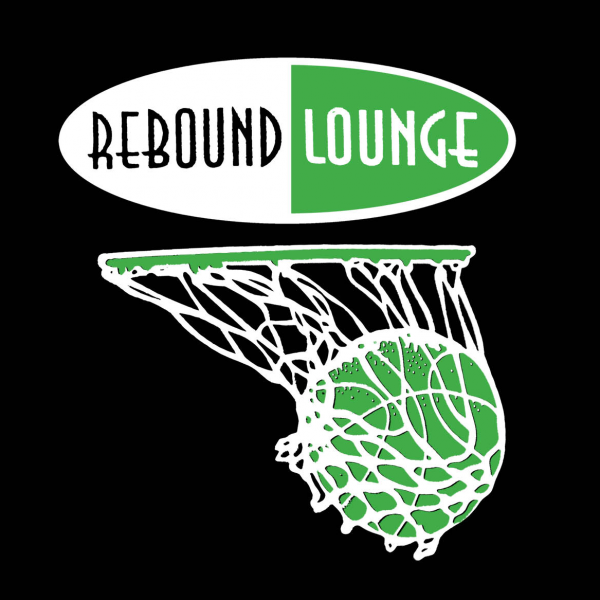 The music you guys make on Rebound to me sounds like its all built on a foundation of House, but there’s also that frosty Norwegian sonic element in there. What conscious steps do you take in creating that sound?
The music you guys make on Rebound to me sounds like its all built on a foundation of House, but there’s also that frosty Norwegian sonic element in there. What conscious steps do you take in creating that sound?

 I spoke to Carl Craig recently and he told me that DJing was the day job to afford the passion of making music. But I have a sneaking suspicion that’s the other way around for you, that DJing is the true passion?
I spoke to Carl Craig recently and he told me that DJing was the day job to afford the passion of making music. But I have a sneaking suspicion that’s the other way around for you, that DJing is the true passion?
 I think it would’ve been that way. I know DJs who just don’t have the attention span to make music. Some guys from Detroit I would really like to see out here, more. They are excellent DJs, but just don’t get the opportunity because they don’t have the patience to sit around and programme music.
I think it would’ve been that way. I know DJs who just don’t have the attention span to make music. Some guys from Detroit I would really like to see out here, more. They are excellent DJs, but just don’t get the opportunity because they don’t have the patience to sit around and programme music. 

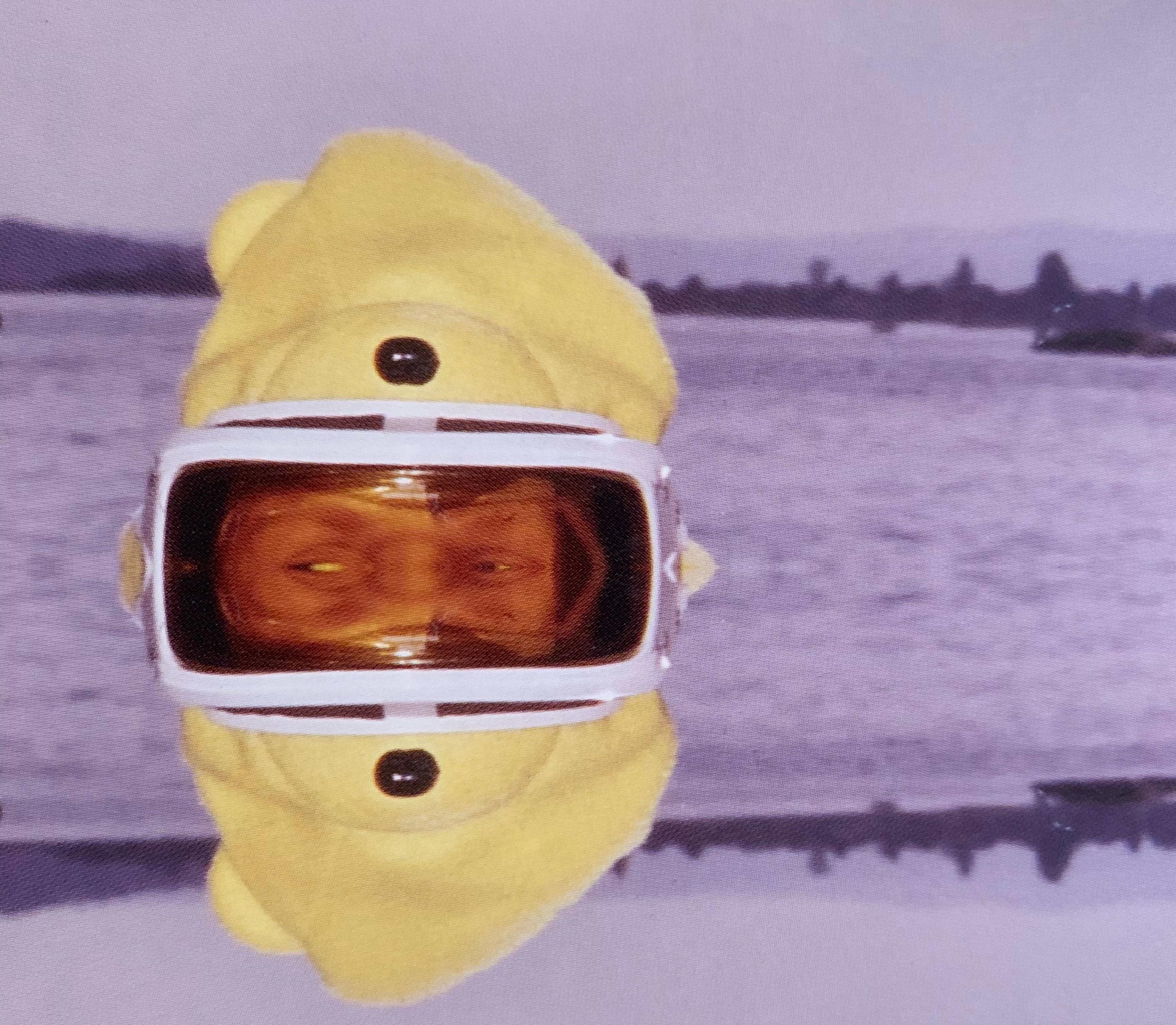
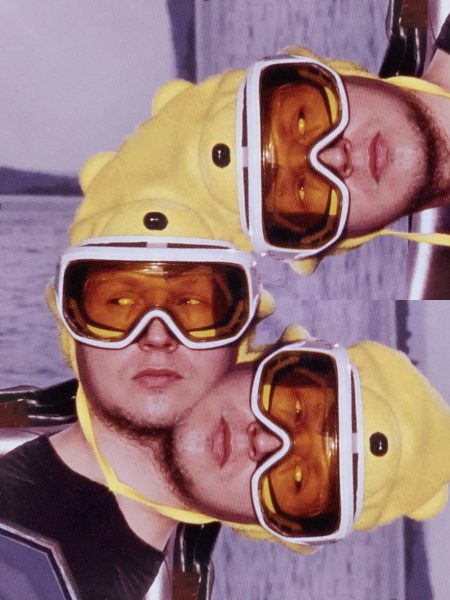 Jann Dahle started making music in 1992 in Tromsø when he moved there to study law. It was a fortuitous time to be making music in Tromsø as the critical point for a burgeoning Disco and House scene that would eventually spread around the globe. “I met Rune (Linbæk), Bjørn (Torske) and Kolbjørn (Lyslo aka Doc L Junior) and I started professionally DJing back then,” remembers Dahle. “There was a lot of buzz about Norwegian Disco at that moment, because of Bjørn,” but Tromsø being a small city, Dahle “got to know everybody” involved in music and landed a job at Brygge Radio alongside Bjørn, Rune, and Geir Jenssen (aka Biosphere).
Jann Dahle started making music in 1992 in Tromsø when he moved there to study law. It was a fortuitous time to be making music in Tromsø as the critical point for a burgeoning Disco and House scene that would eventually spread around the globe. “I met Rune (Linbæk), Bjørn (Torske) and Kolbjørn (Lyslo aka Doc L Junior) and I started professionally DJing back then,” remembers Dahle. “There was a lot of buzz about Norwegian Disco at that moment, because of Bjørn,” but Tromsø being a small city, Dahle “got to know everybody” involved in music and landed a job at Brygge Radio alongside Bjørn, Rune, and Geir Jenssen (aka Biosphere).









 When and how did Techno exactly come into your life and what drew you to the genre?
When and how did Techno exactly come into your life and what drew you to the genre? What do you look for in a Techno track to make it into your sets?
What do you look for in a Techno track to make it into your sets?




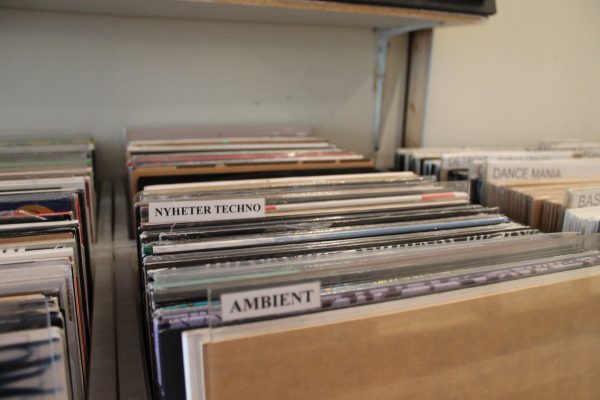









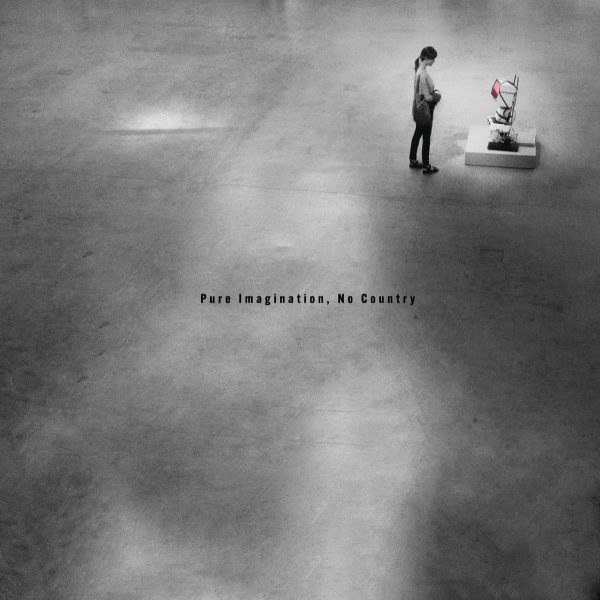 Channeling that experience of touring and playing live into this record, Dave Harrington Group favour an uninhibited approach on “Pure Imagination, No Country” as they capture that raw intensity and power of a live band in the studio. Nick Murphy emphasises this energy through post production, which on their previous LP, favoured a slicker, more refined approach. Dave Harrington’s guitar takes more of a central role on the LP, where it appears mostly unprocessed in its natural state taking the stage front and centre in the production across the album.
Channeling that experience of touring and playing live into this record, Dave Harrington Group favour an uninhibited approach on “Pure Imagination, No Country” as they capture that raw intensity and power of a live band in the studio. Nick Murphy emphasises this energy through post production, which on their previous LP, favoured a slicker, more refined approach. Dave Harrington’s guitar takes more of a central role on the LP, where it appears mostly unprocessed in its natural state taking the stage front and centre in the production across the album.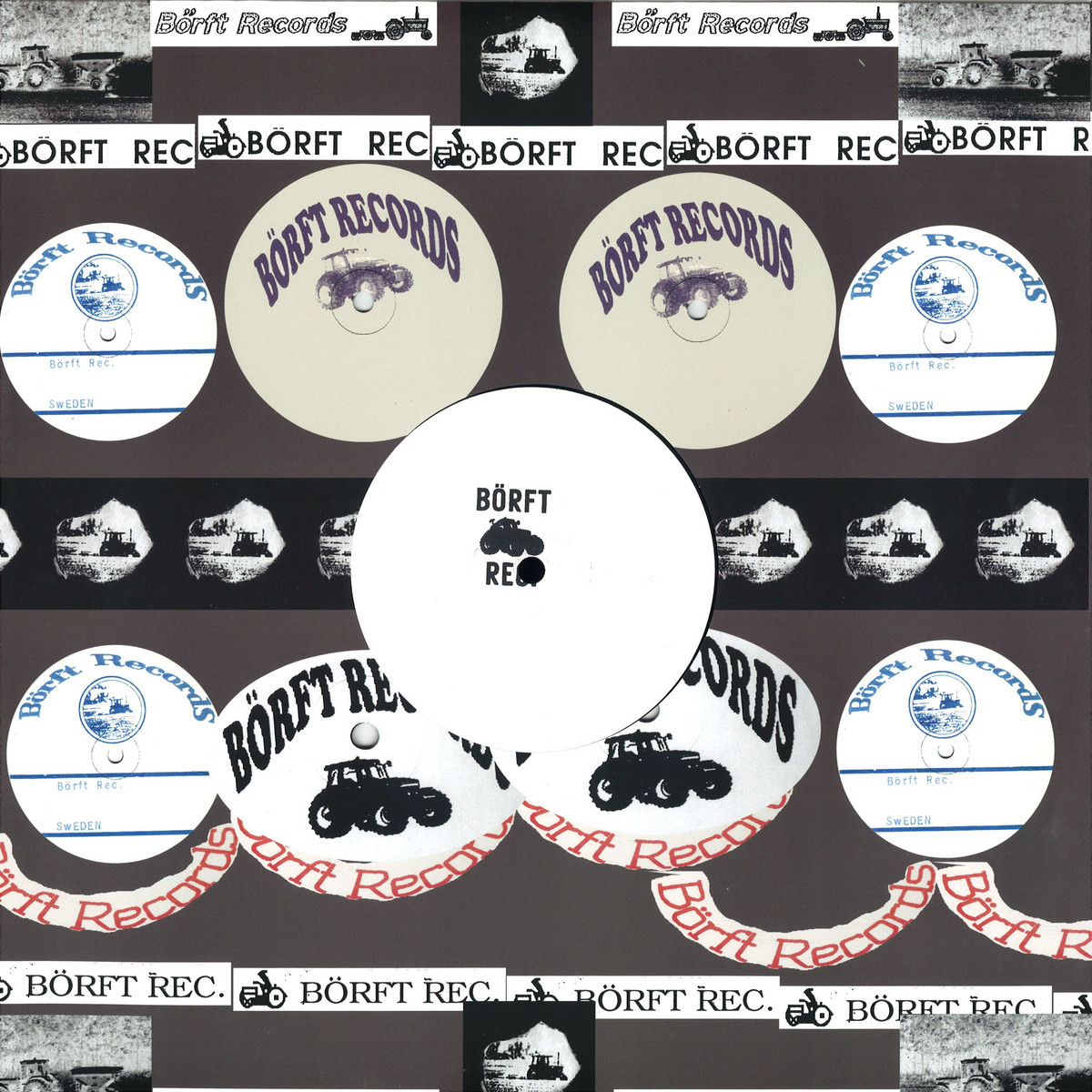


 Working with TB Arthur and people like BMG, do you think It’s changed the way you make music?
Working with TB Arthur and people like BMG, do you think It’s changed the way you make music? Like every DJ out there today you have an agent that takes care of your bookings, but do you have the final say where you’ll play?
Like every DJ out there today you have an agent that takes care of your bookings, but do you have the final say where you’ll play?




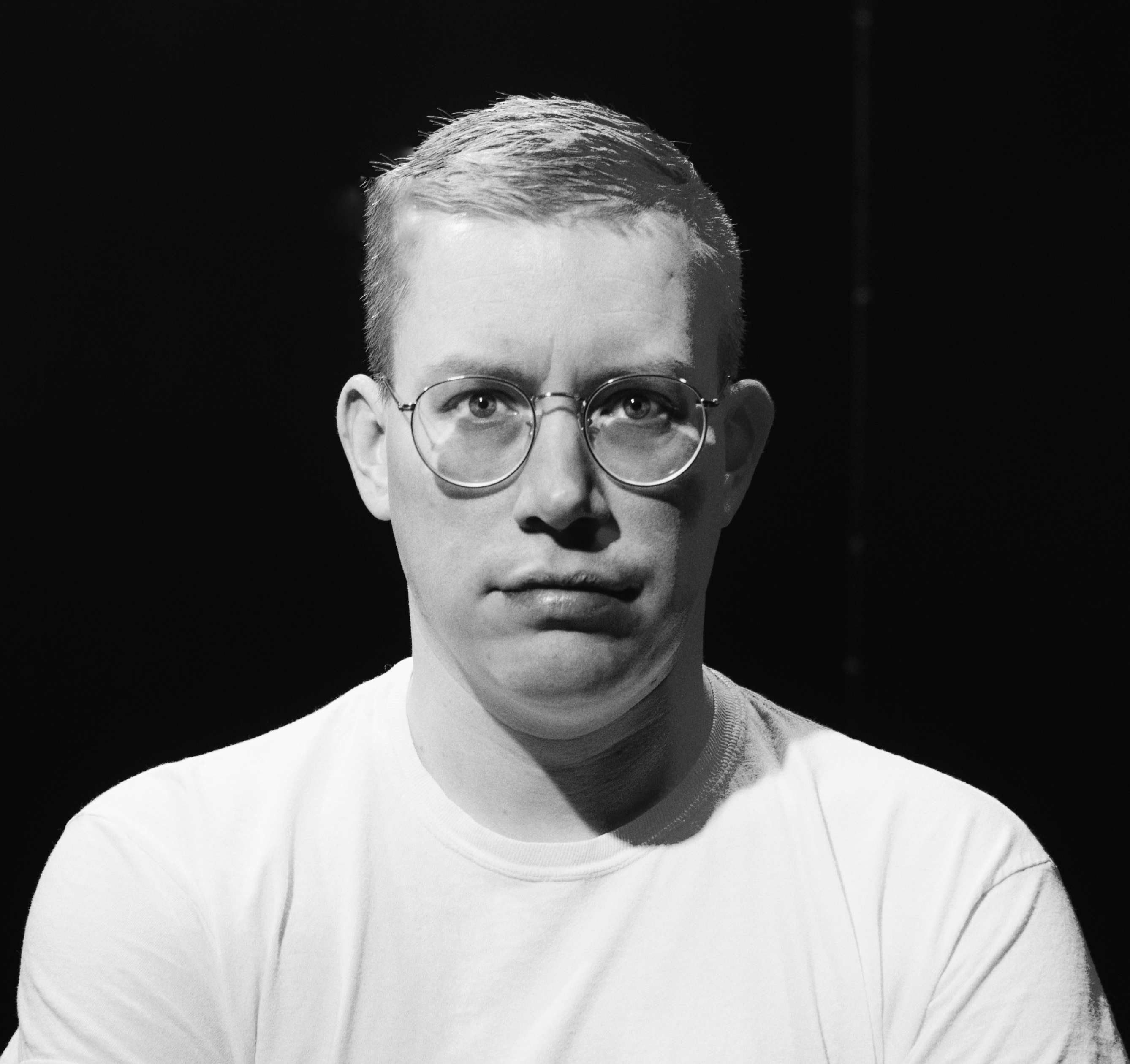







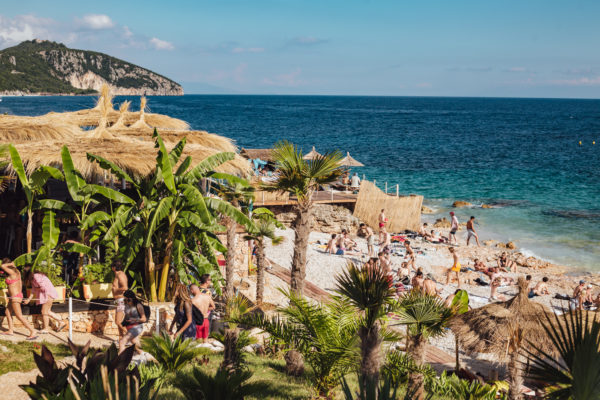
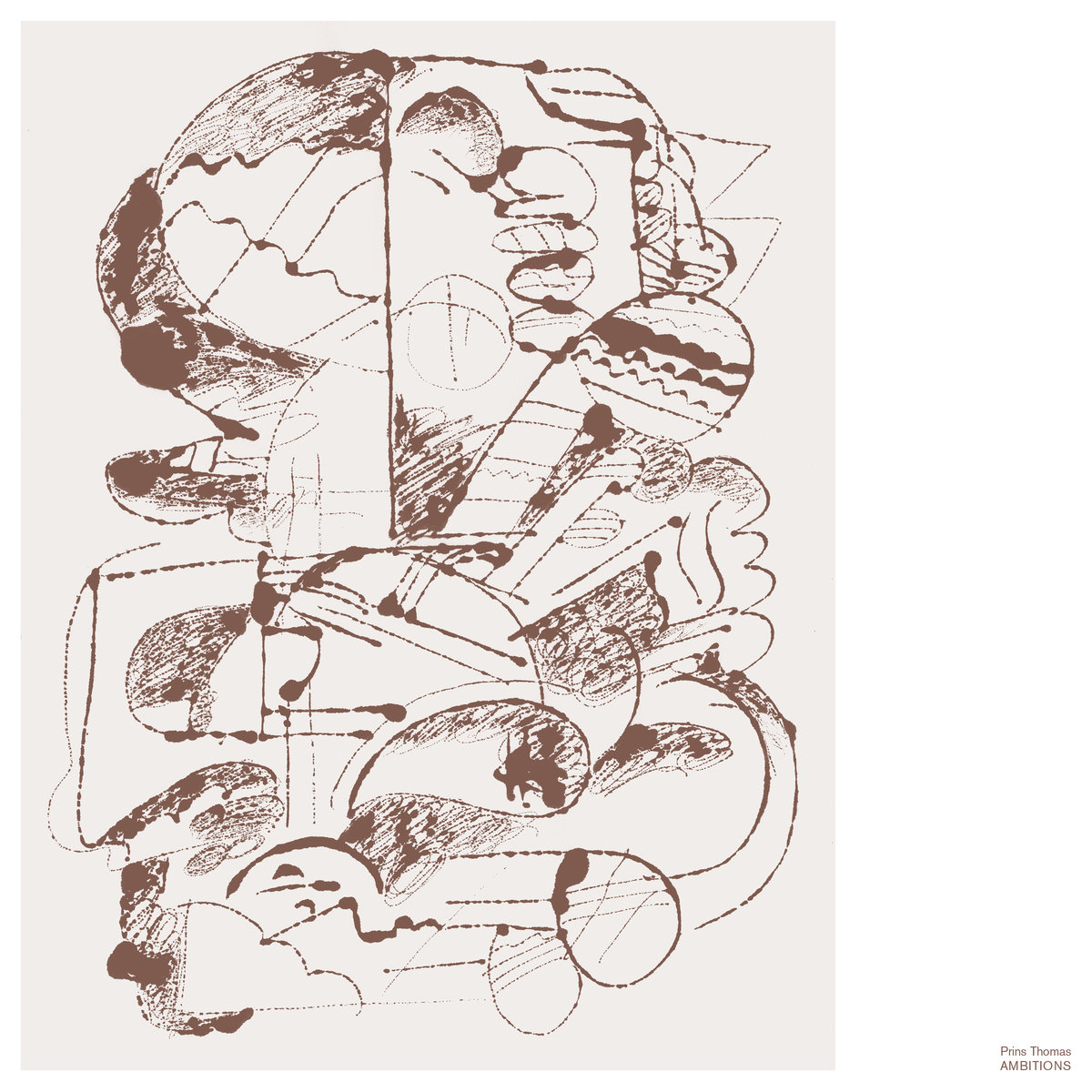


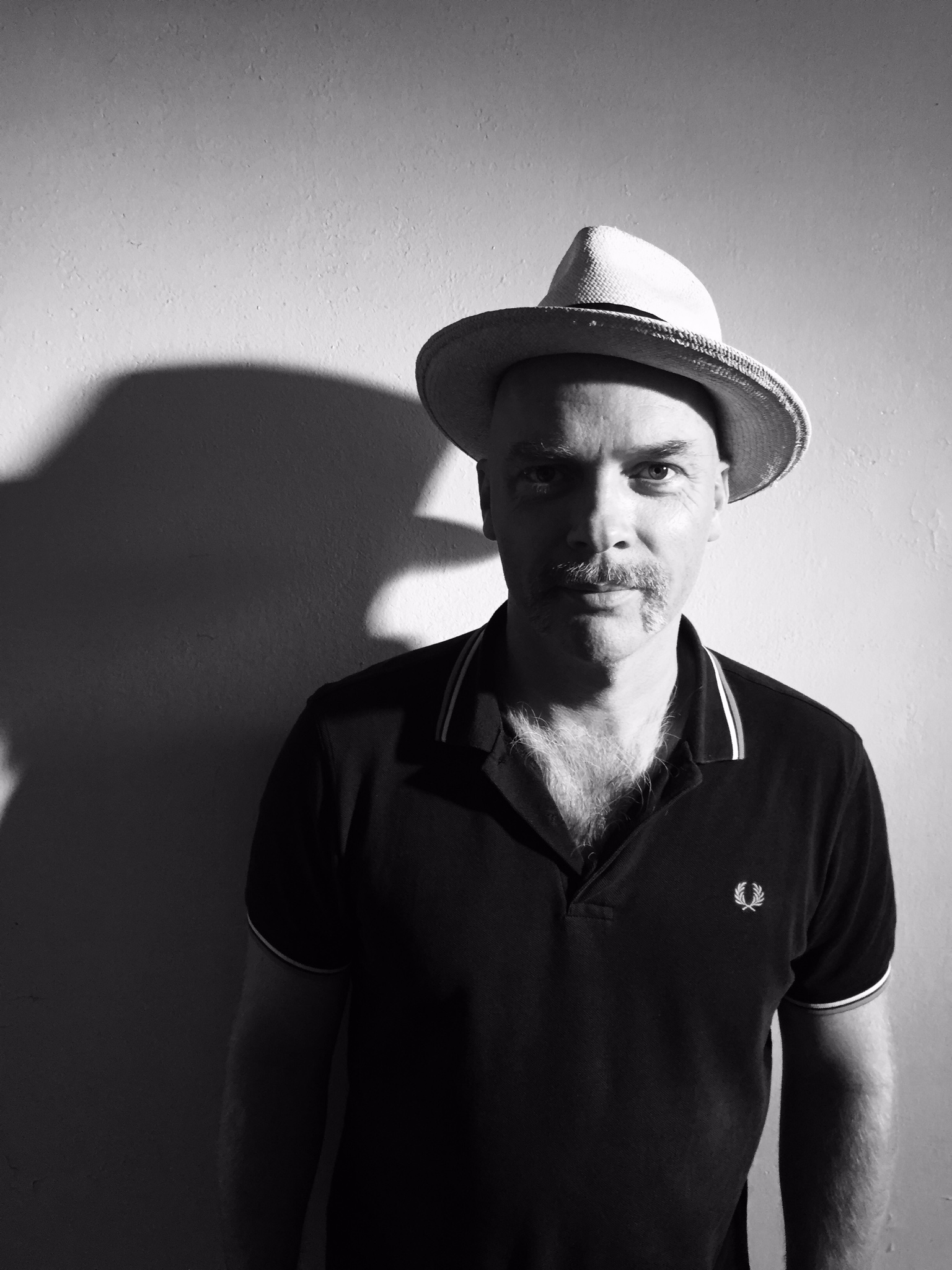






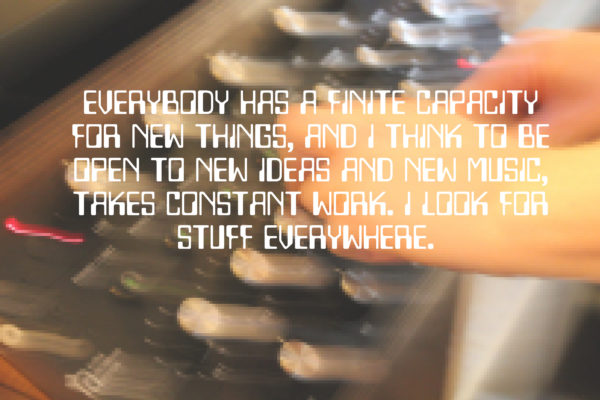







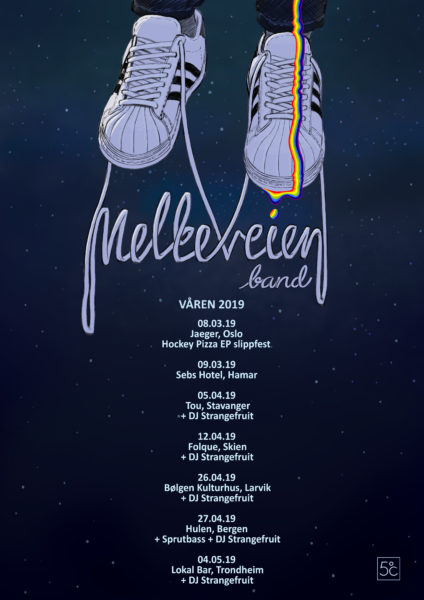




 Why these particular remix artists?
Why these particular remix artists?






 I’ve read that your philosophy is about exporting the Black Motion, and in extension the South African sound to the wider world.
I’ve read that your philosophy is about exporting the Black Motion, and in extension the South African sound to the wider world.



